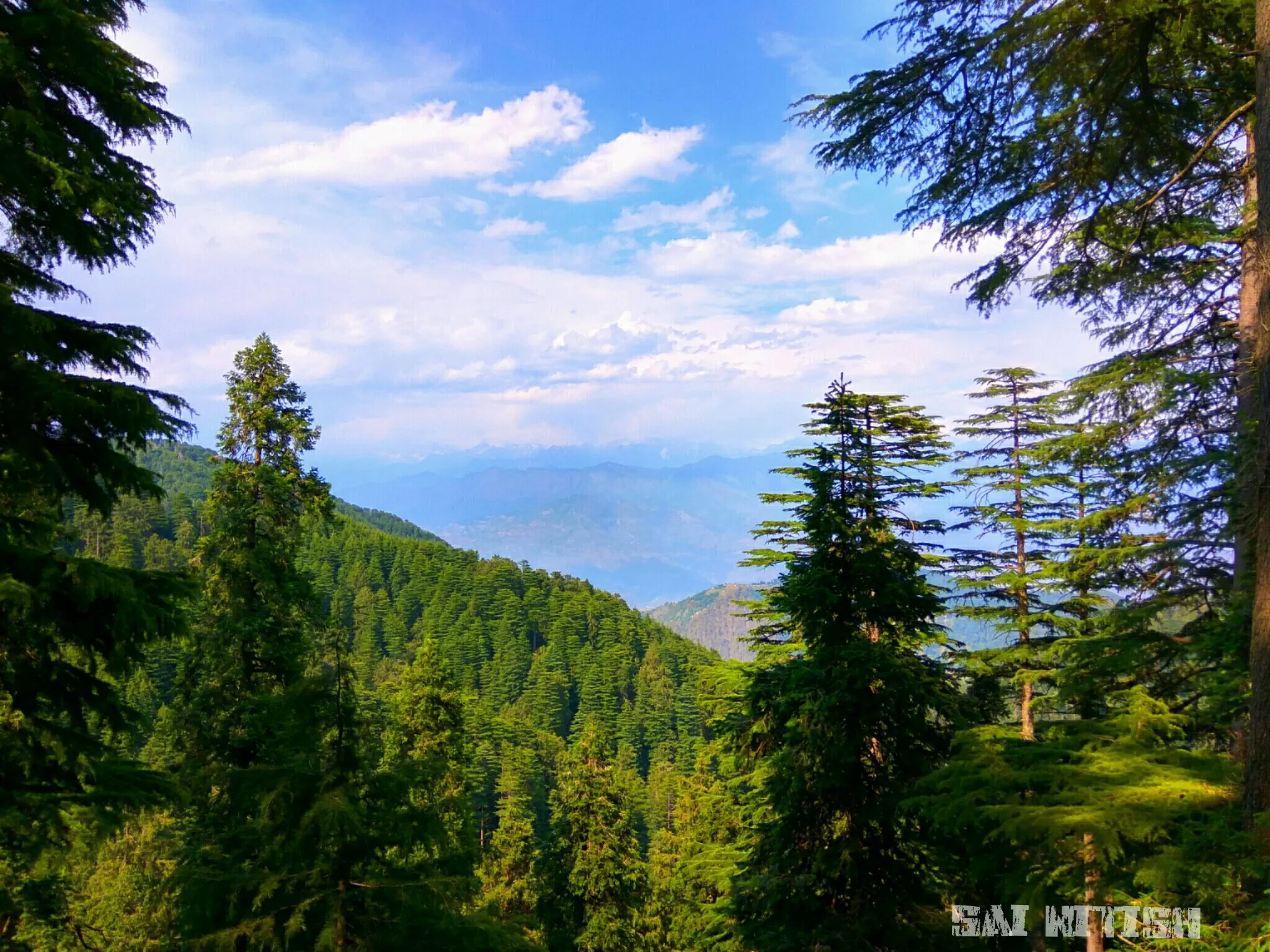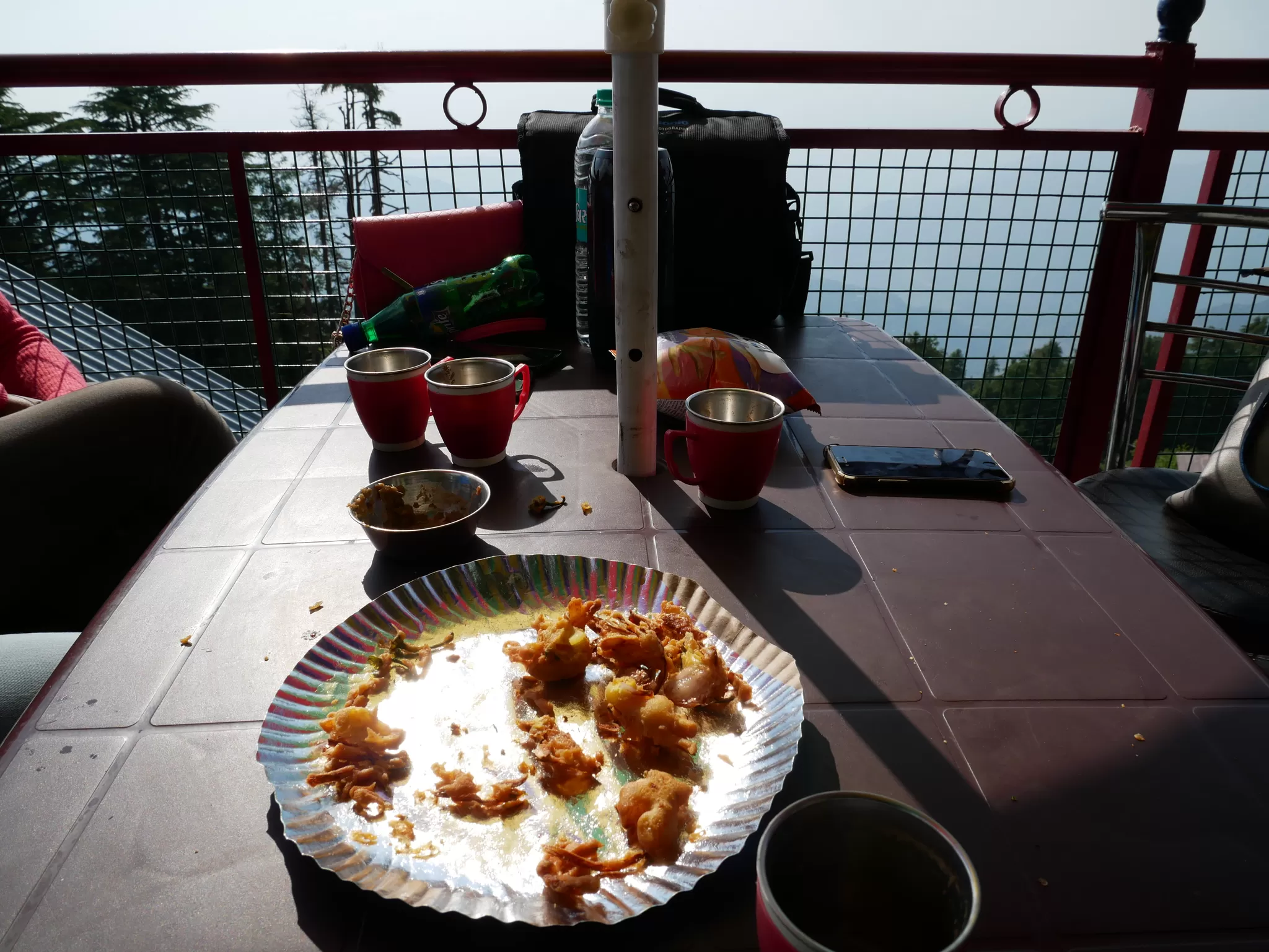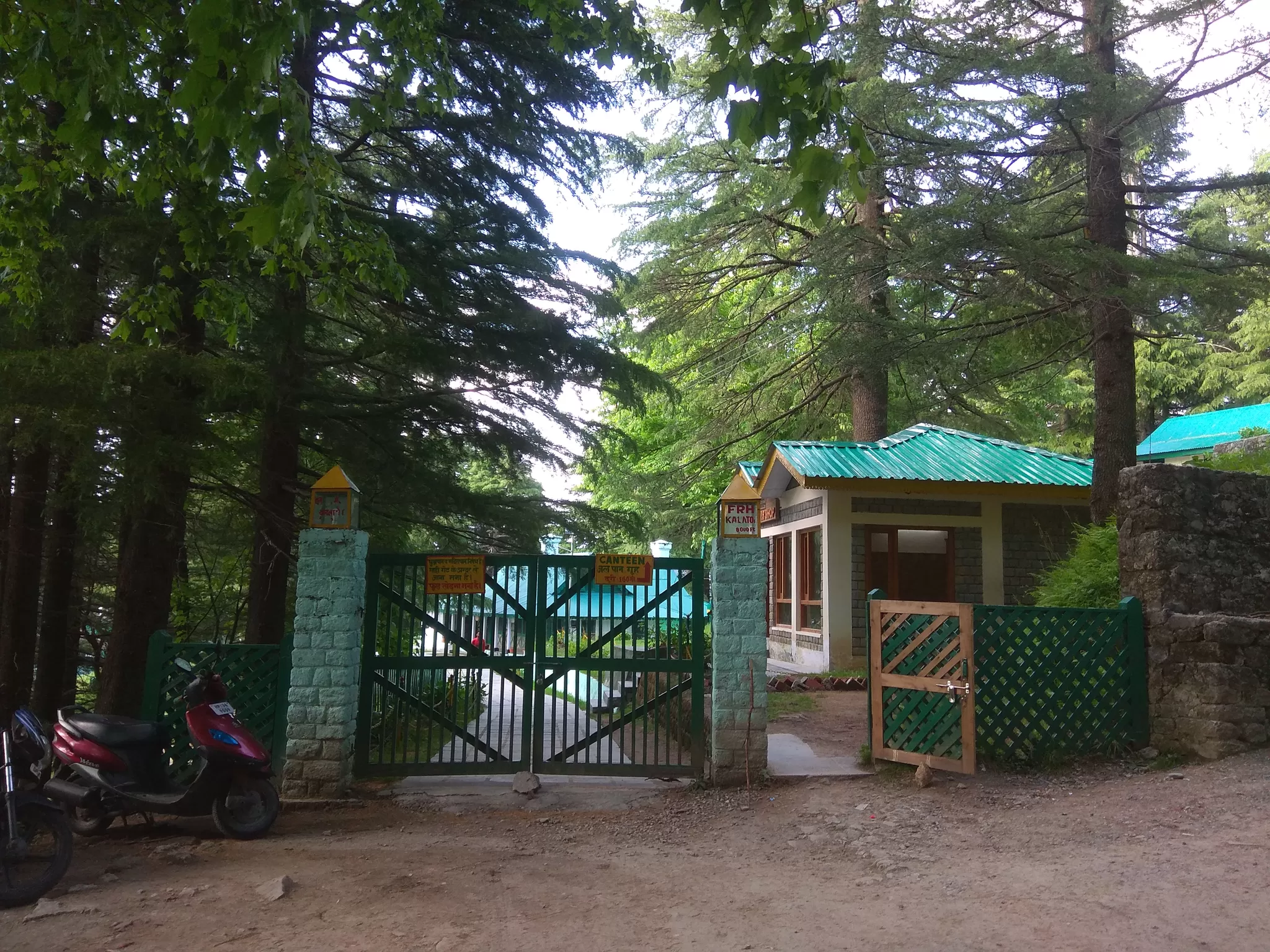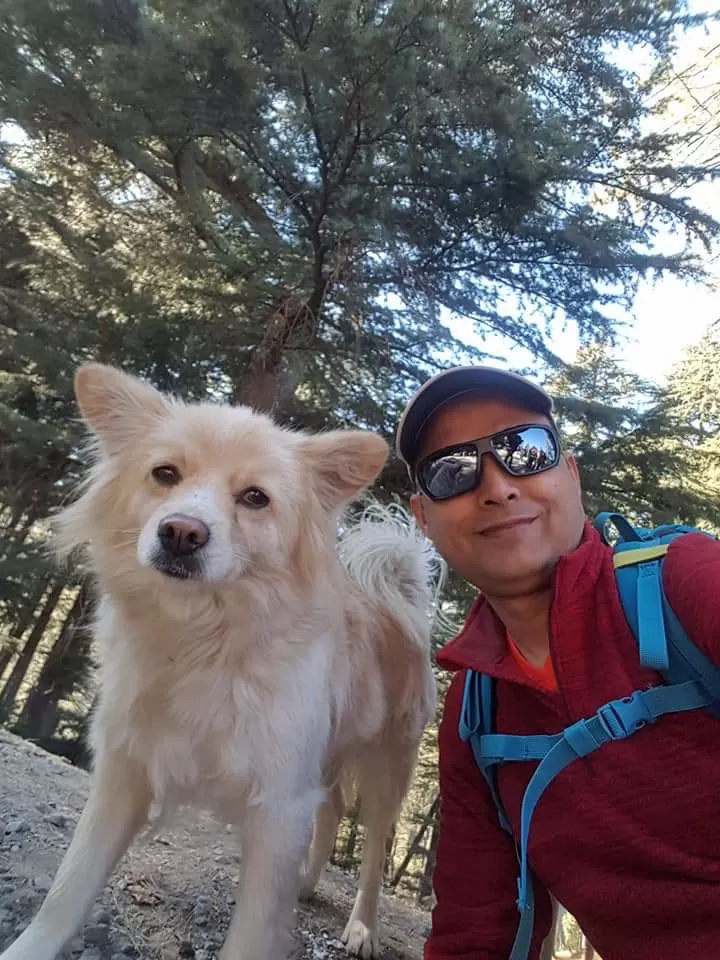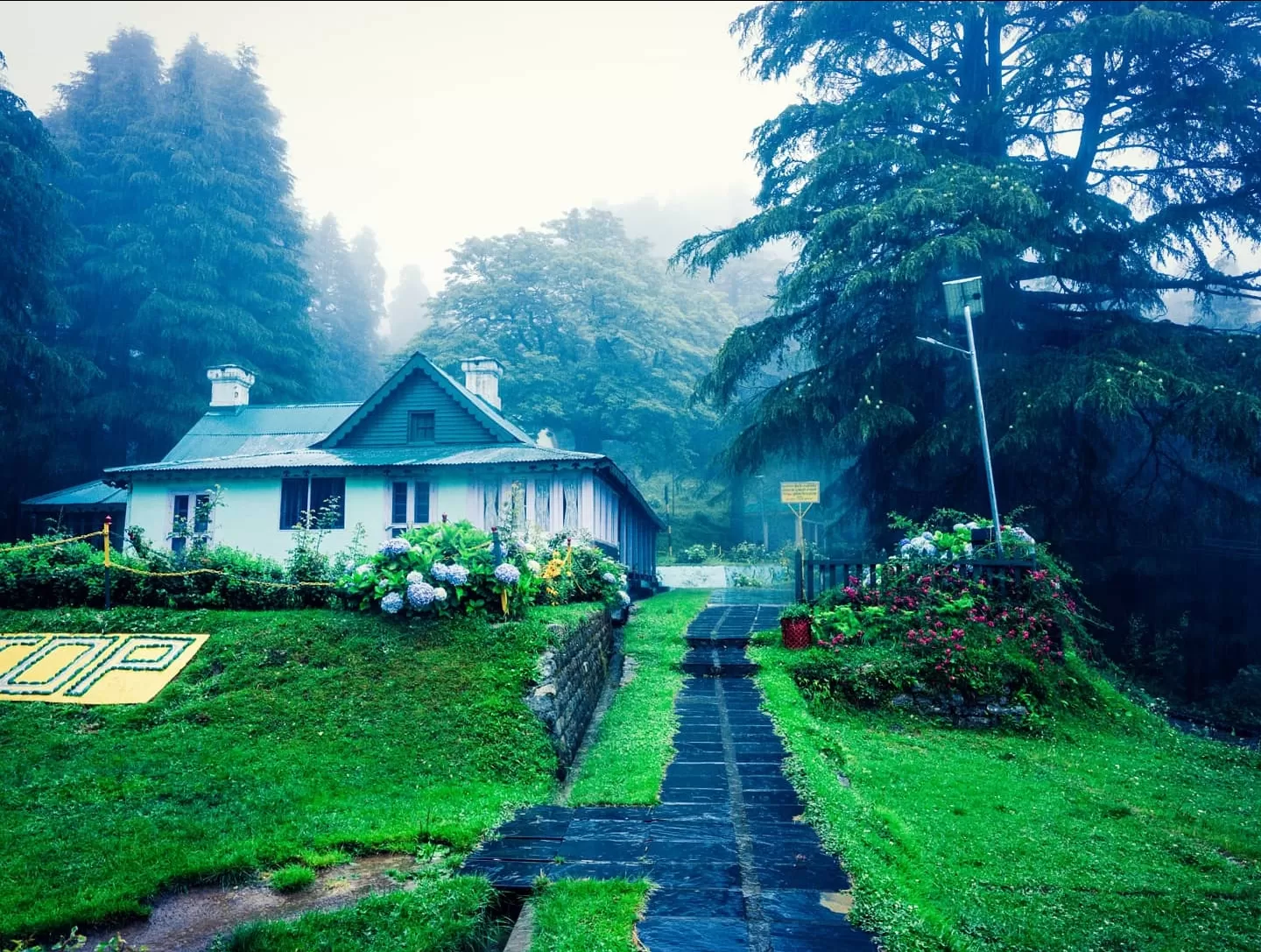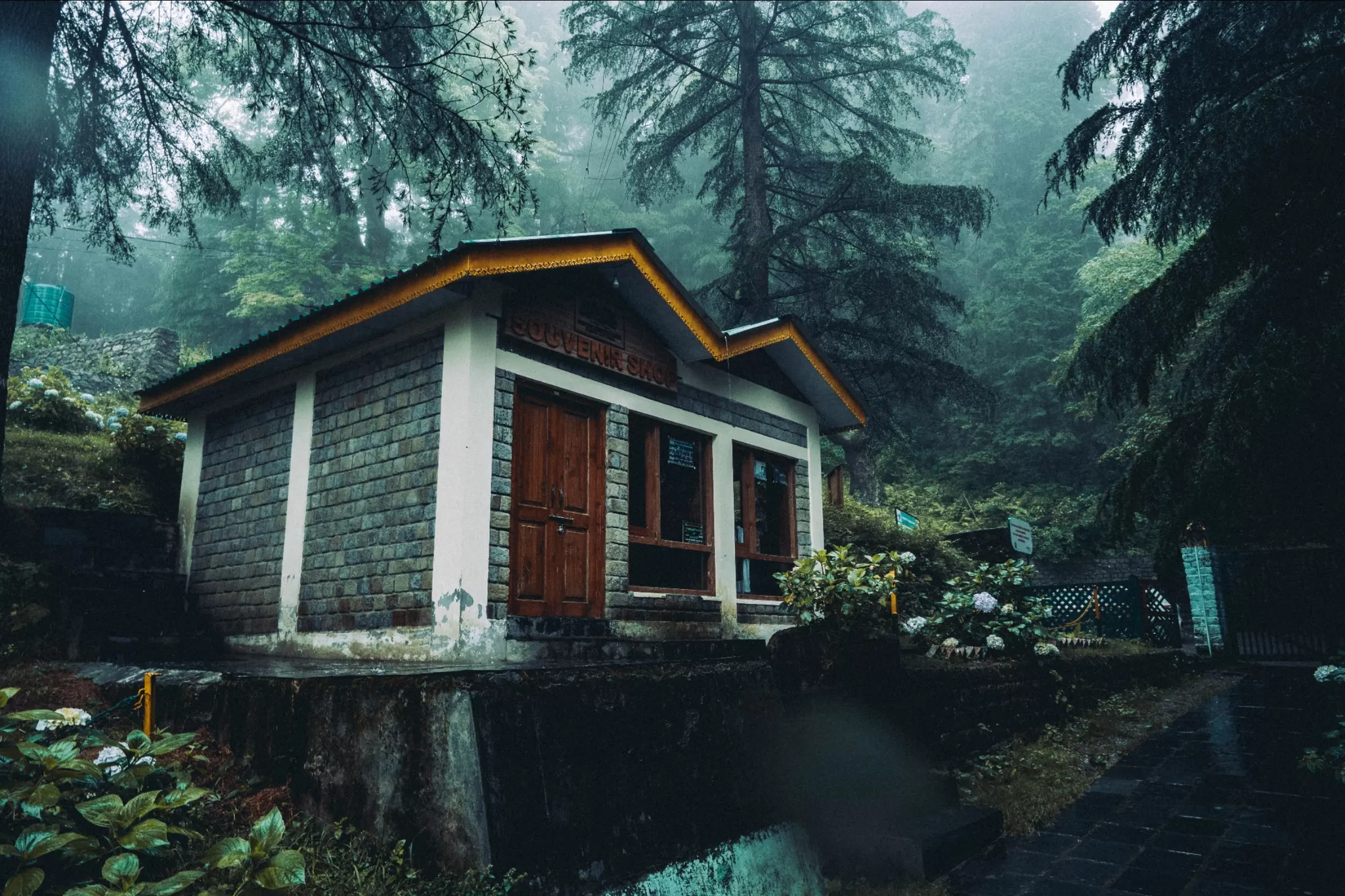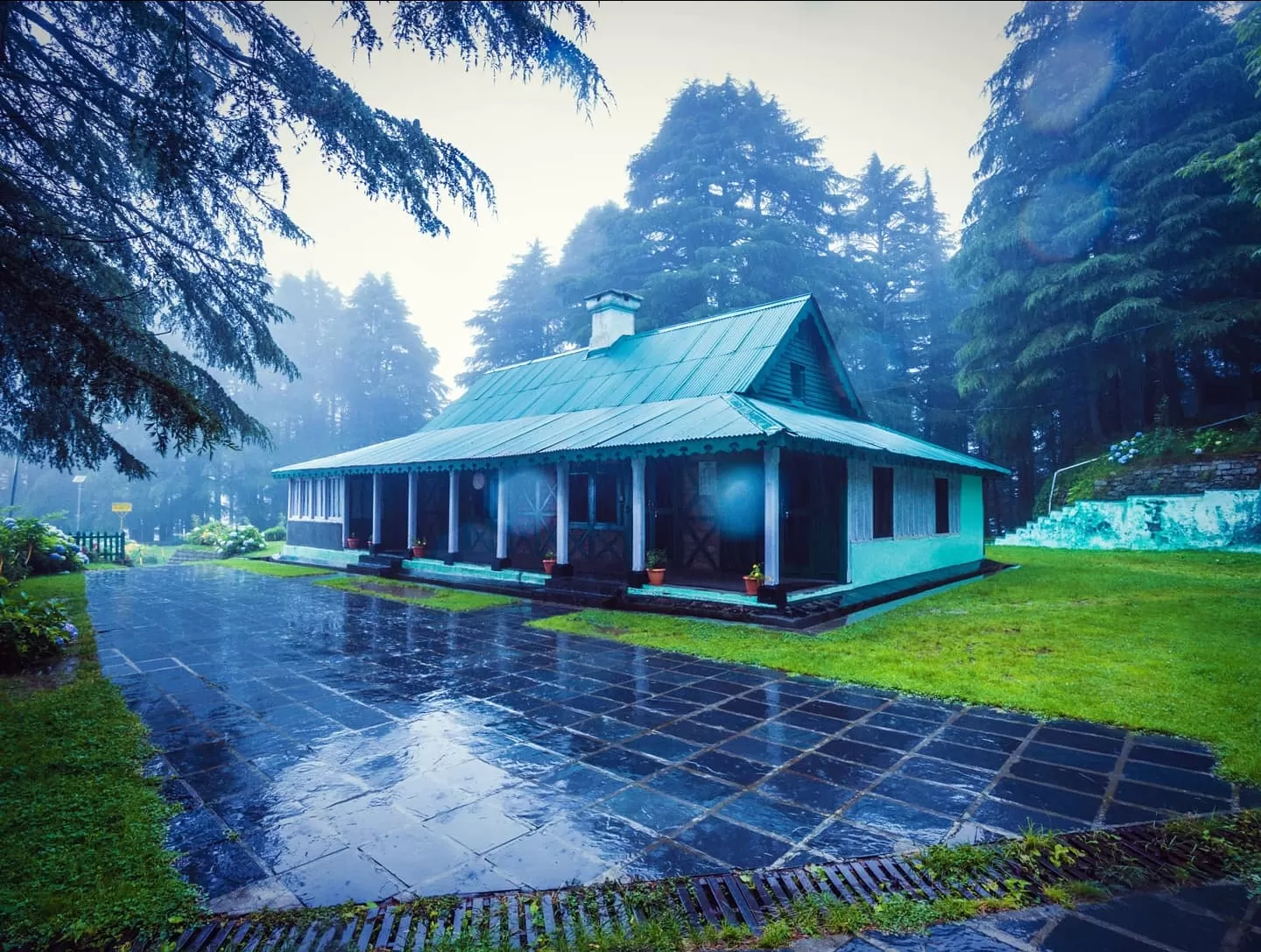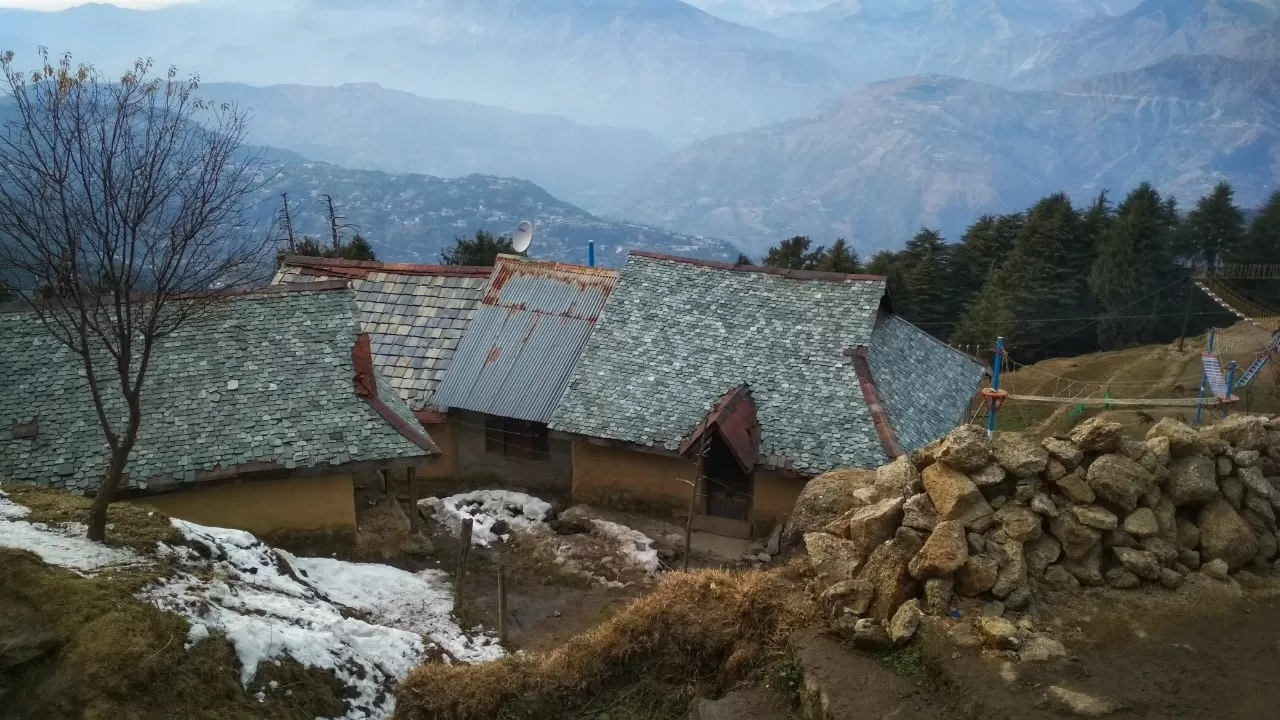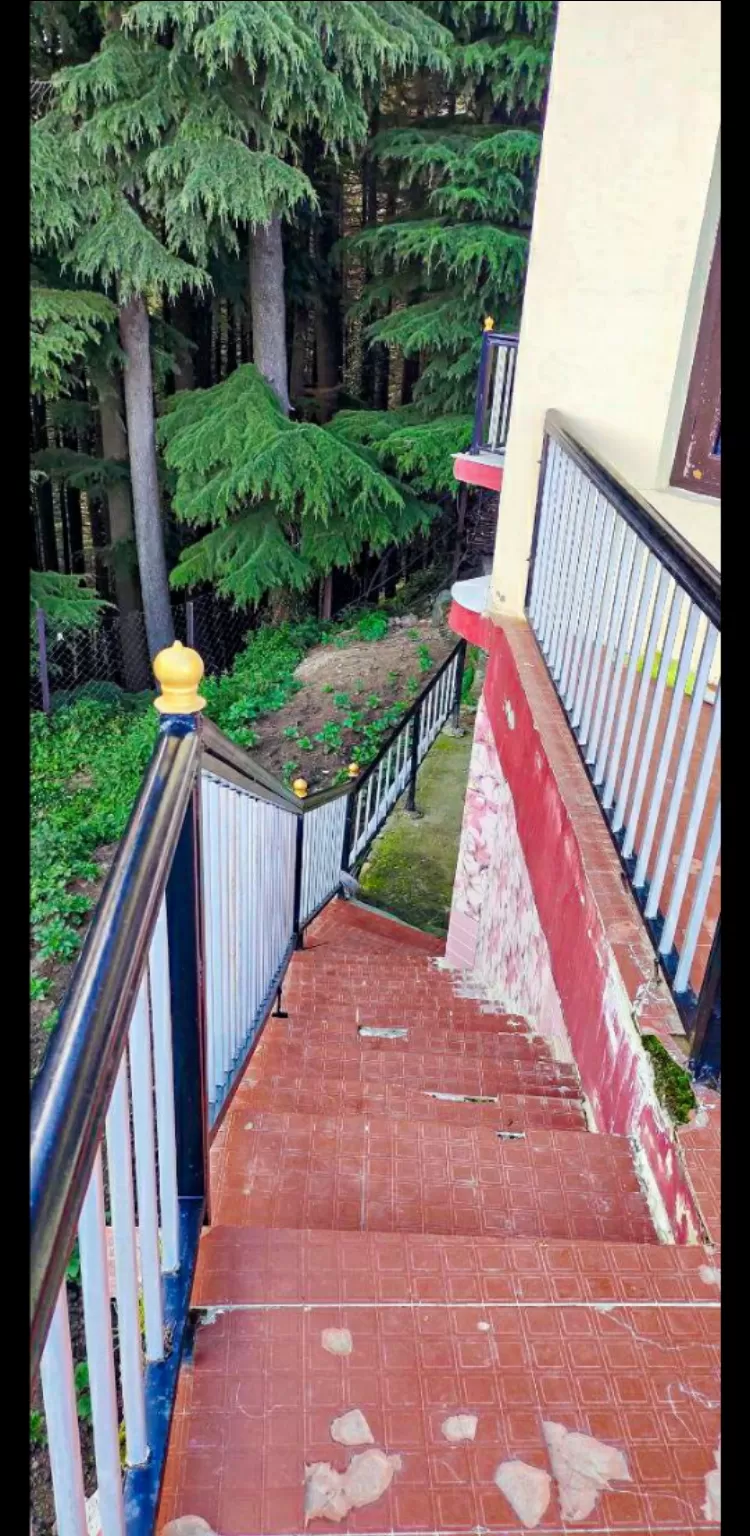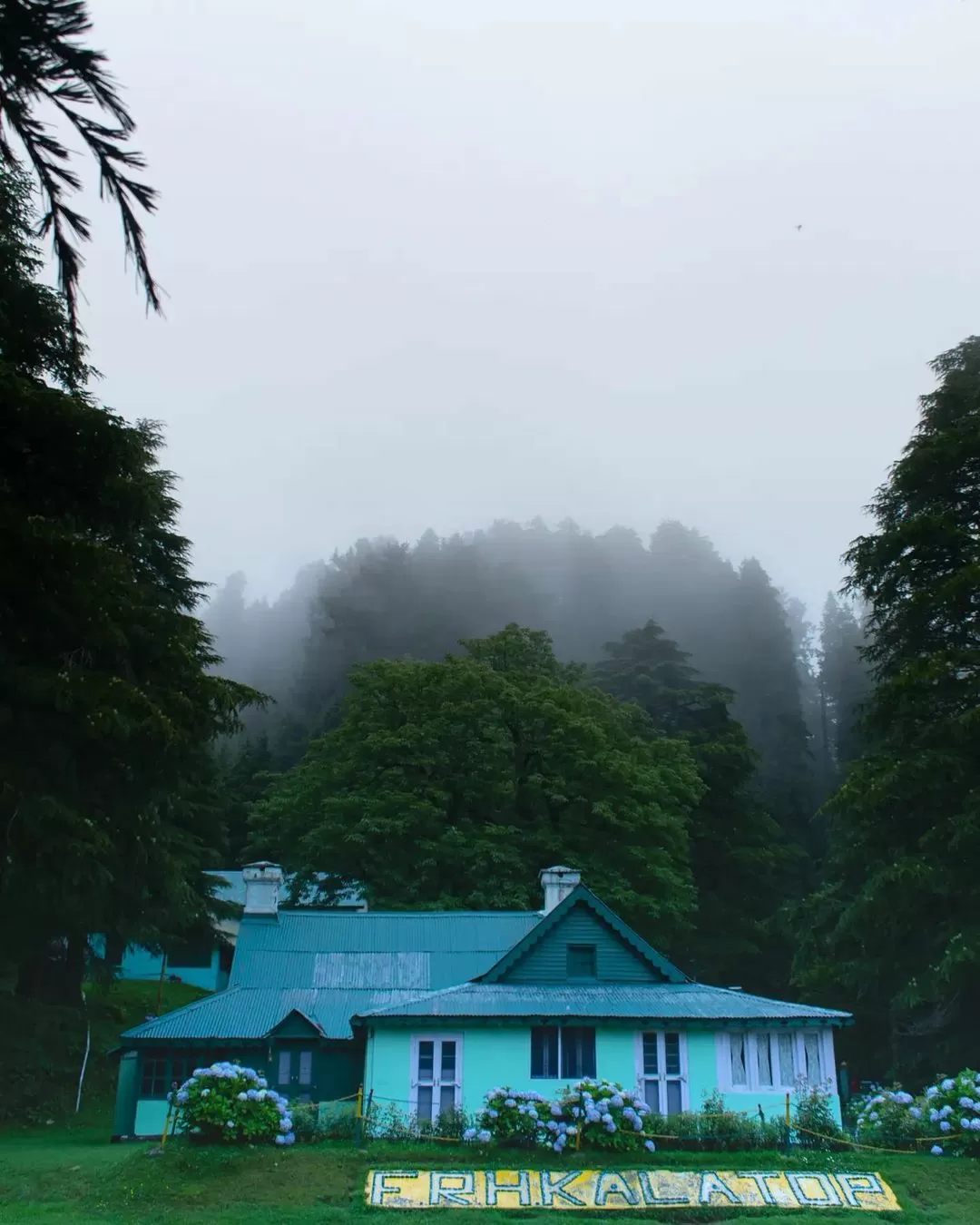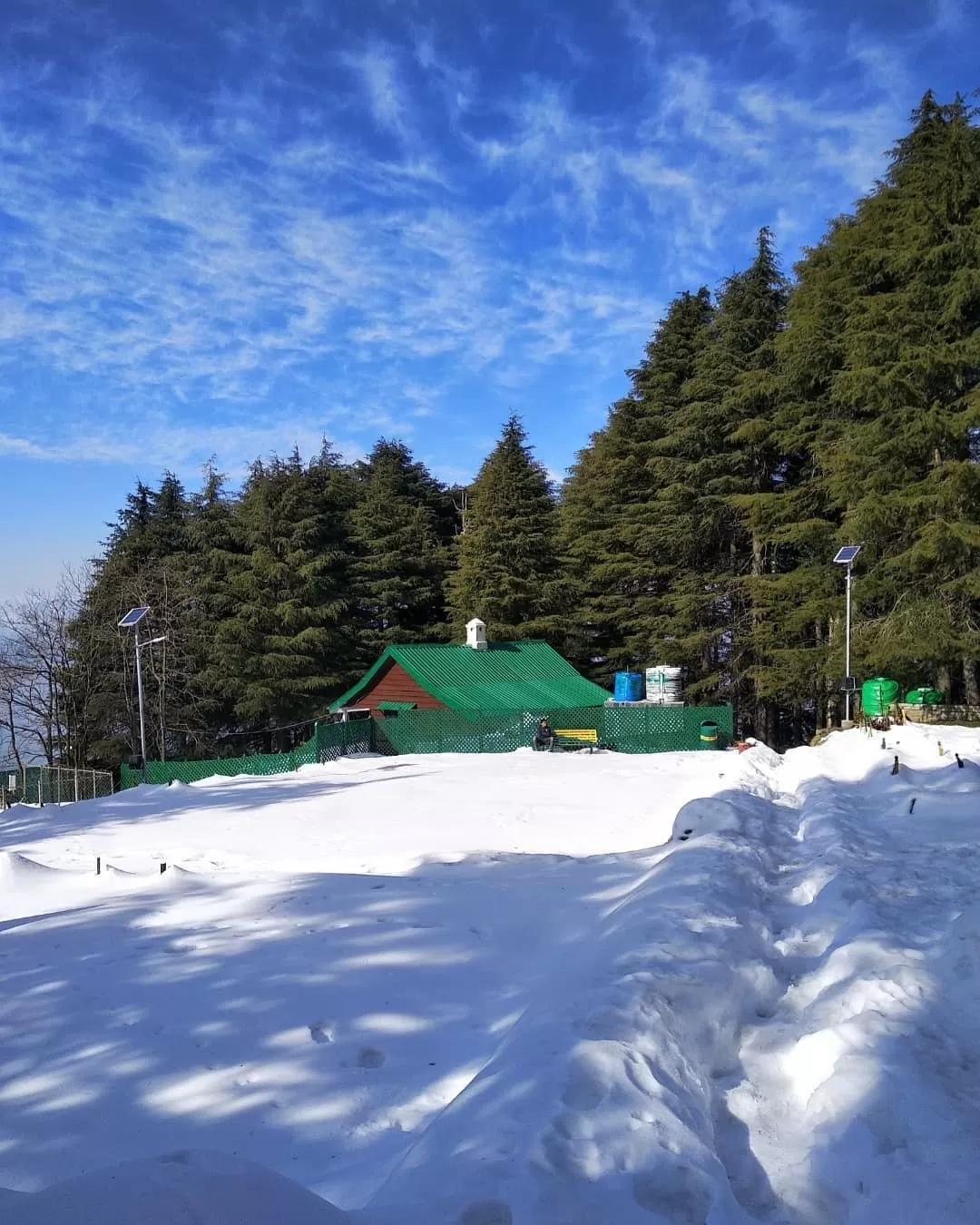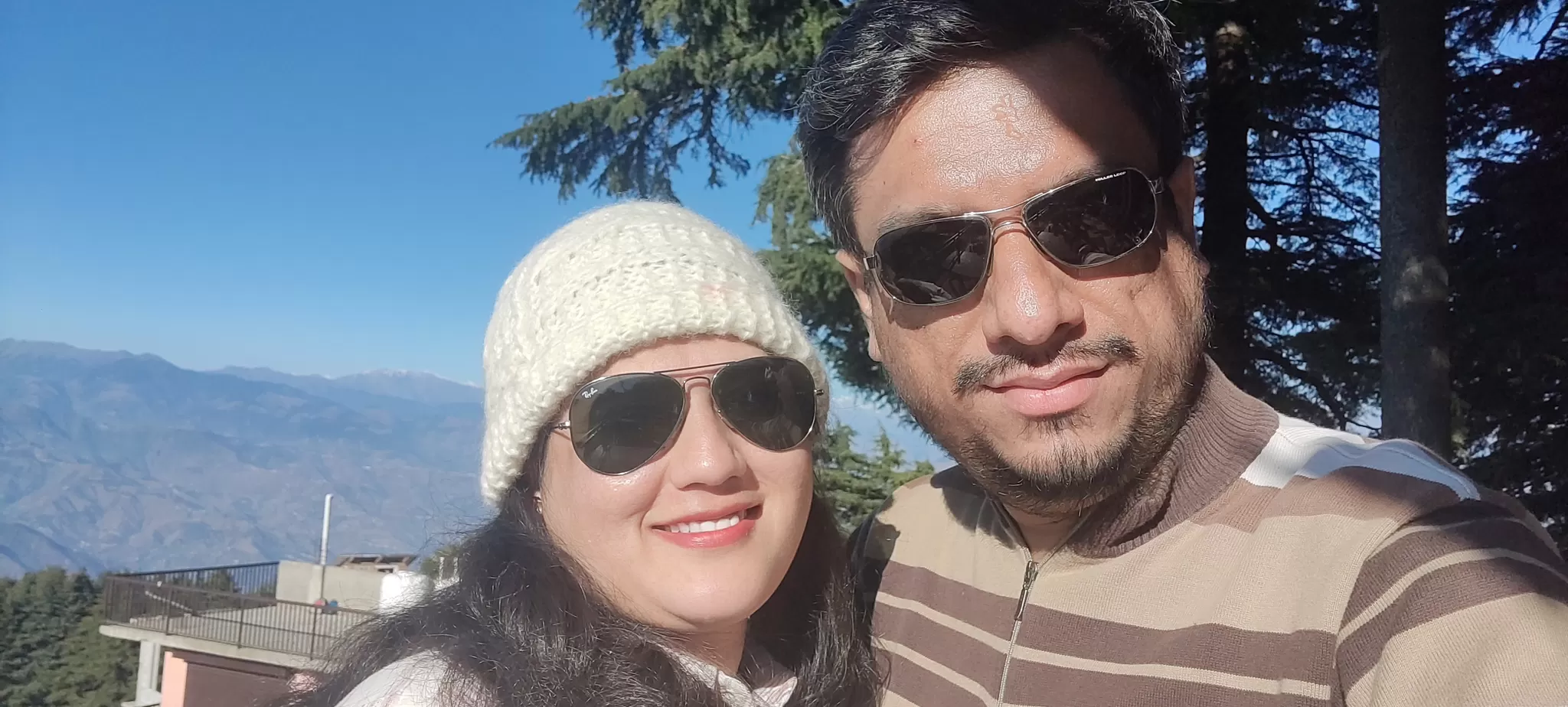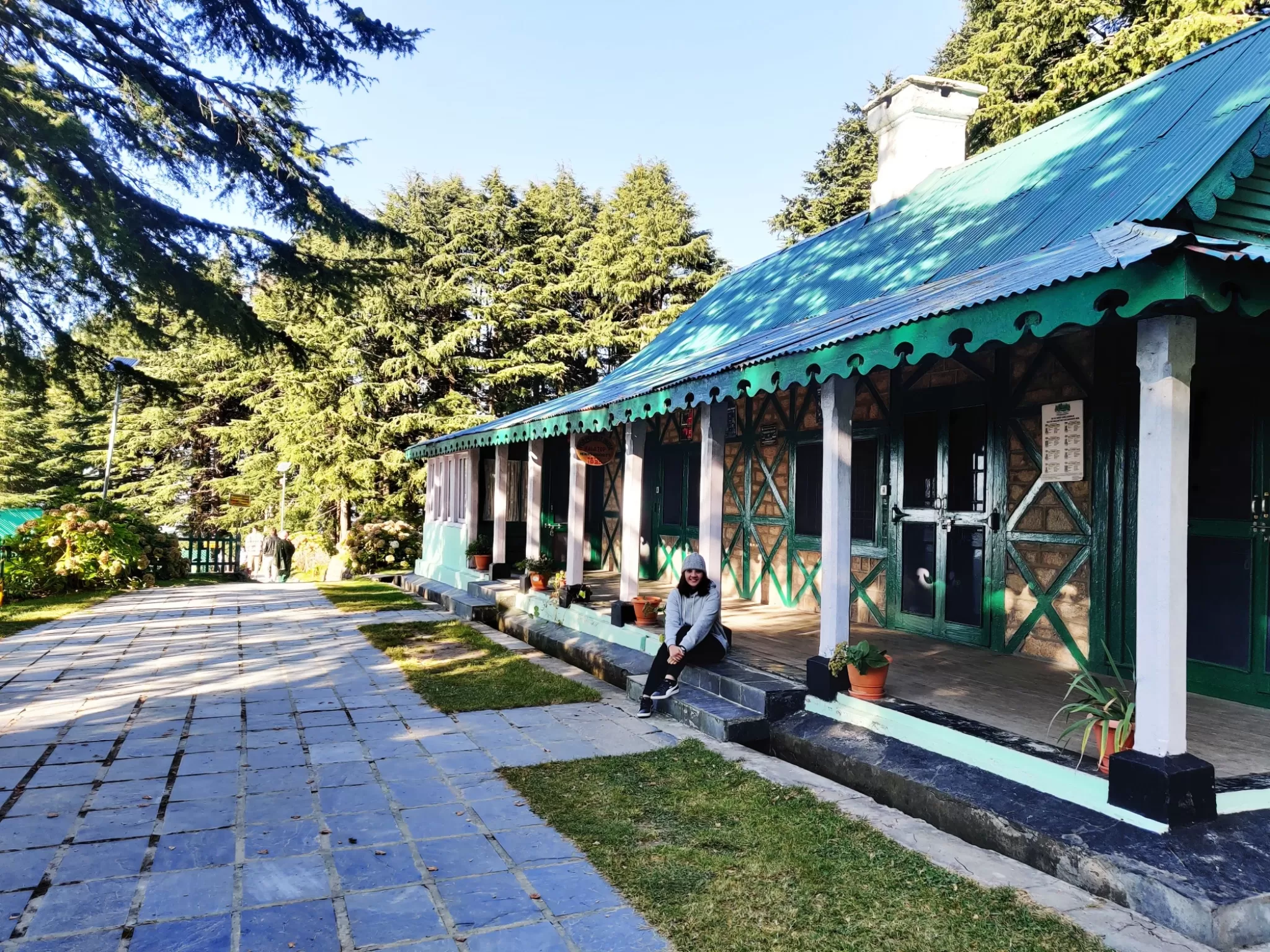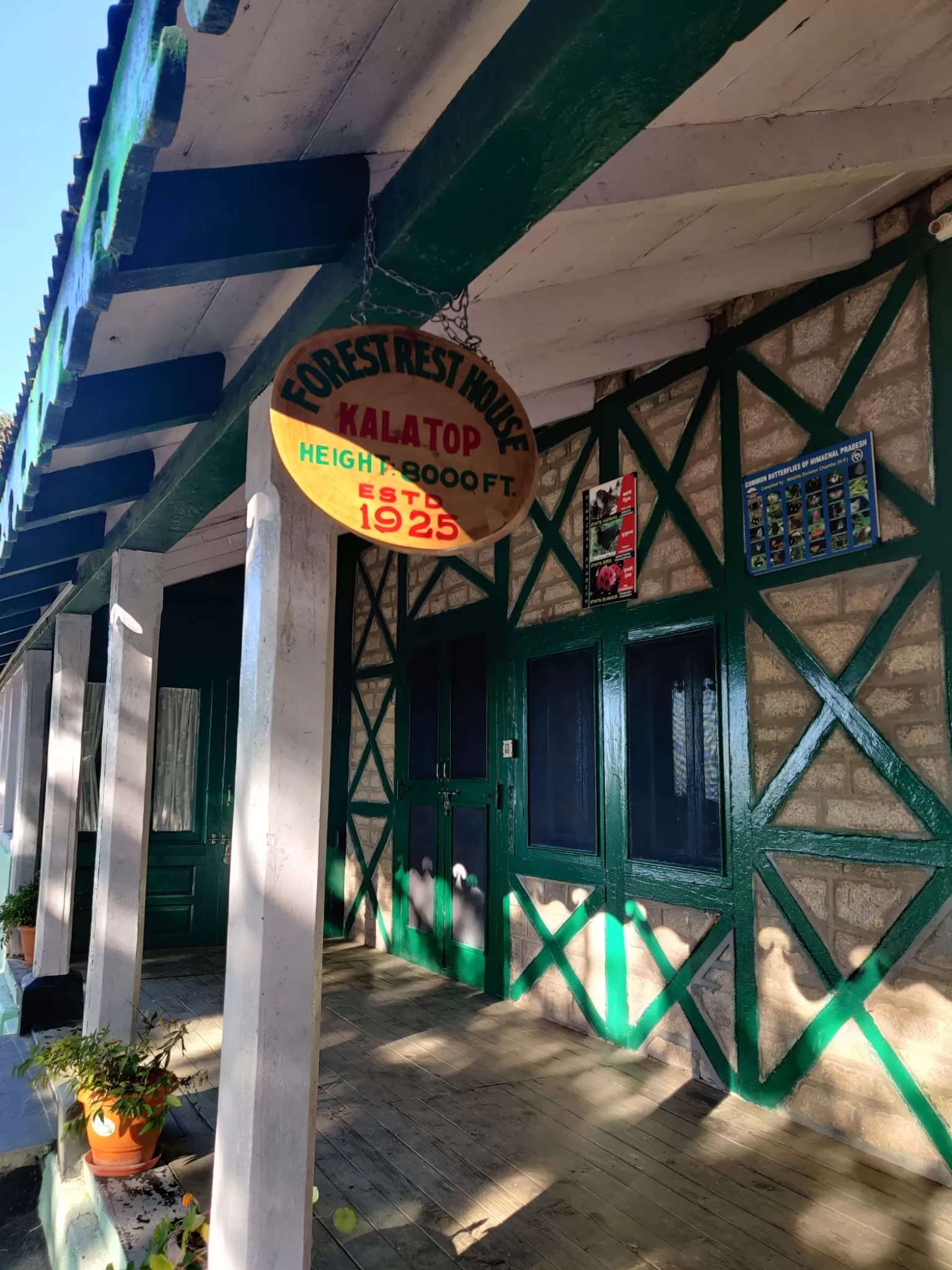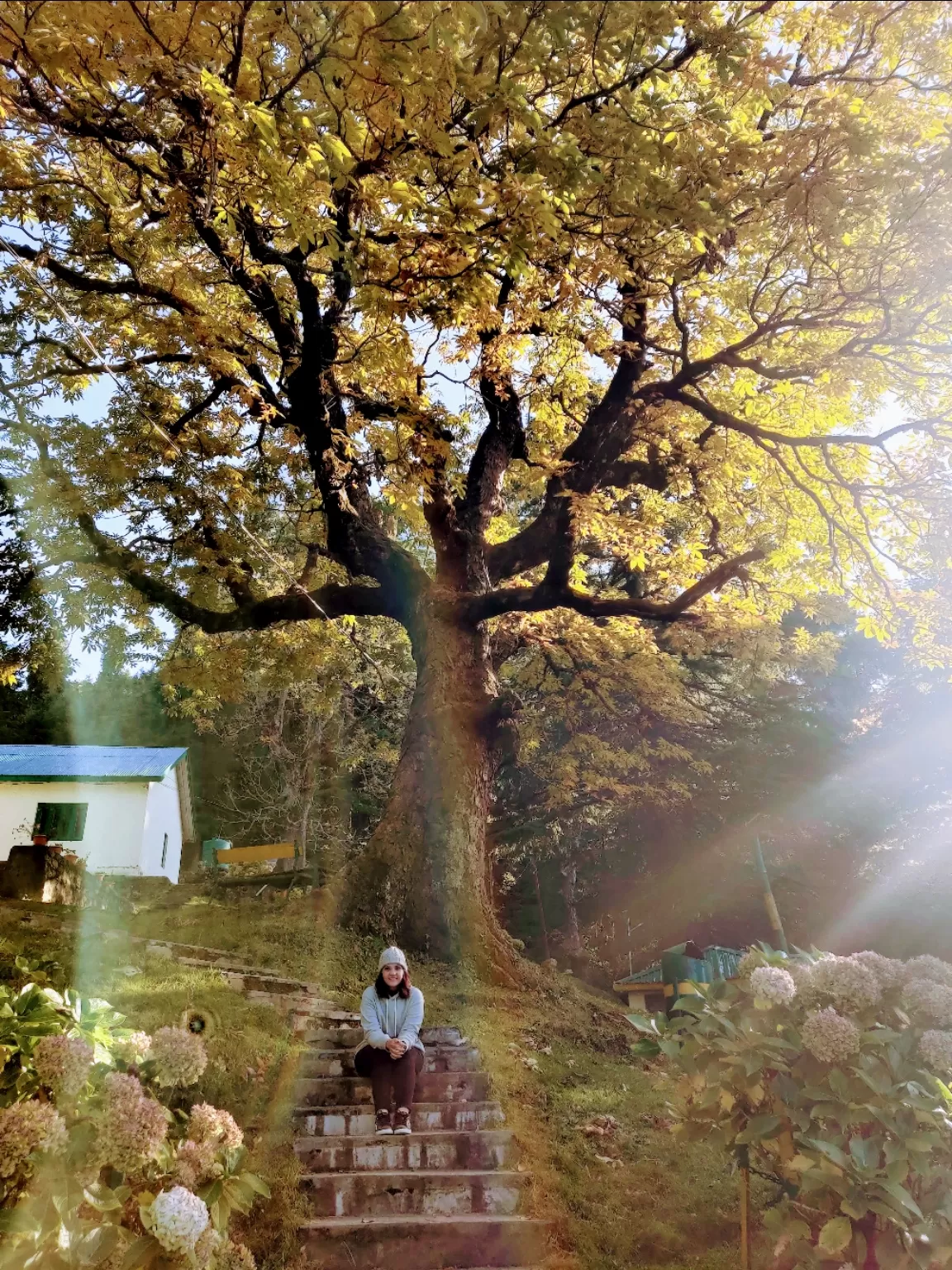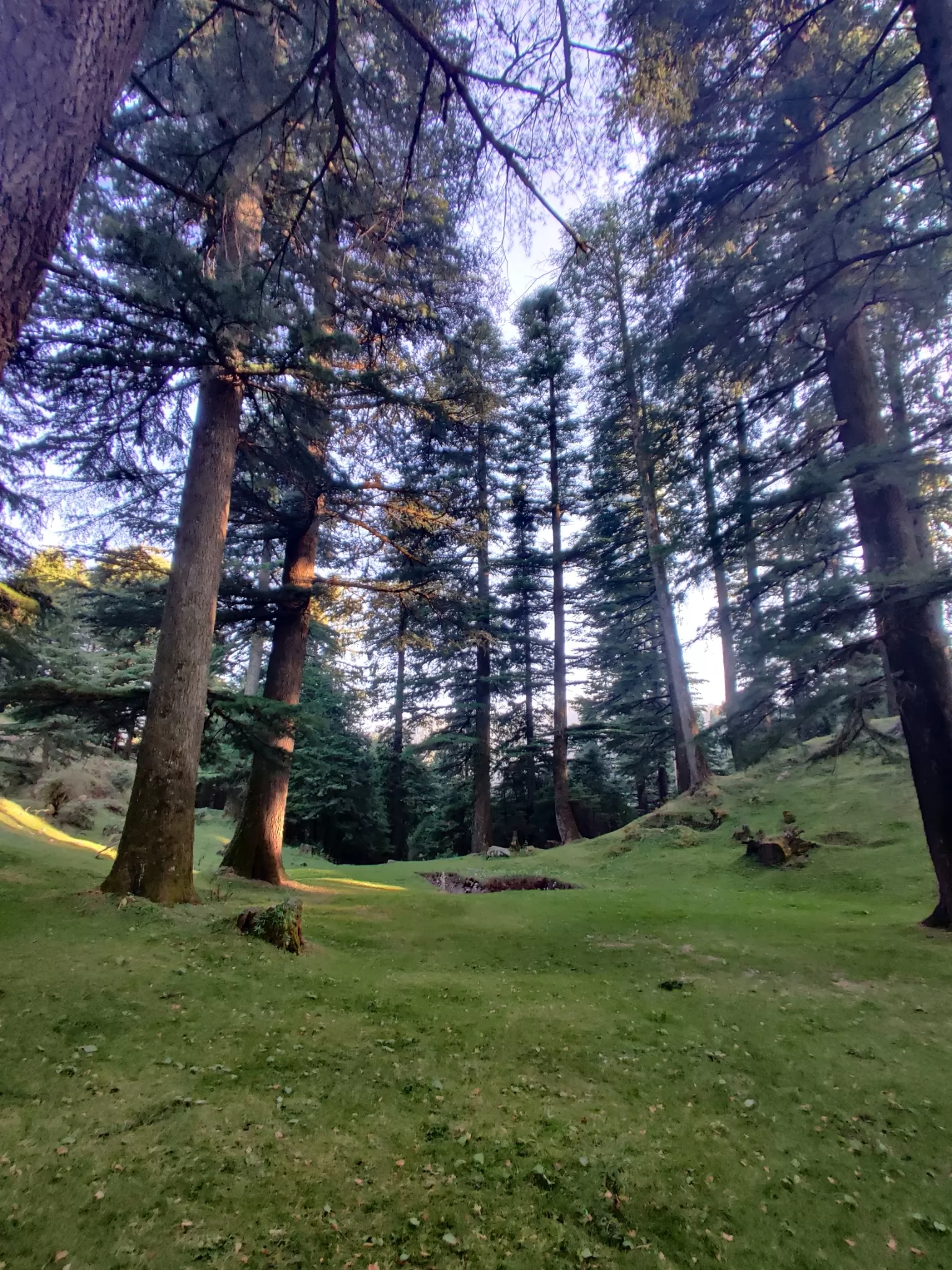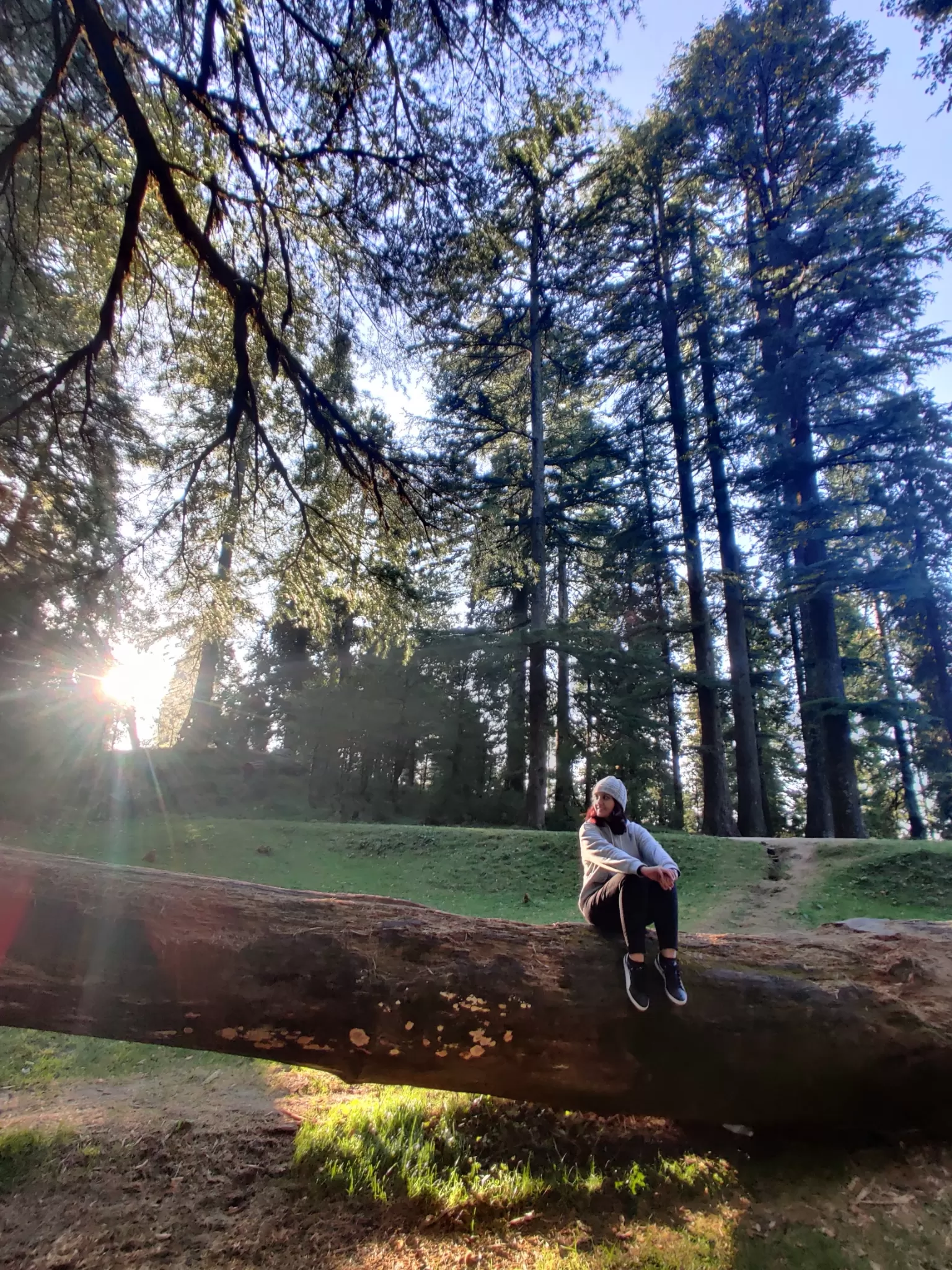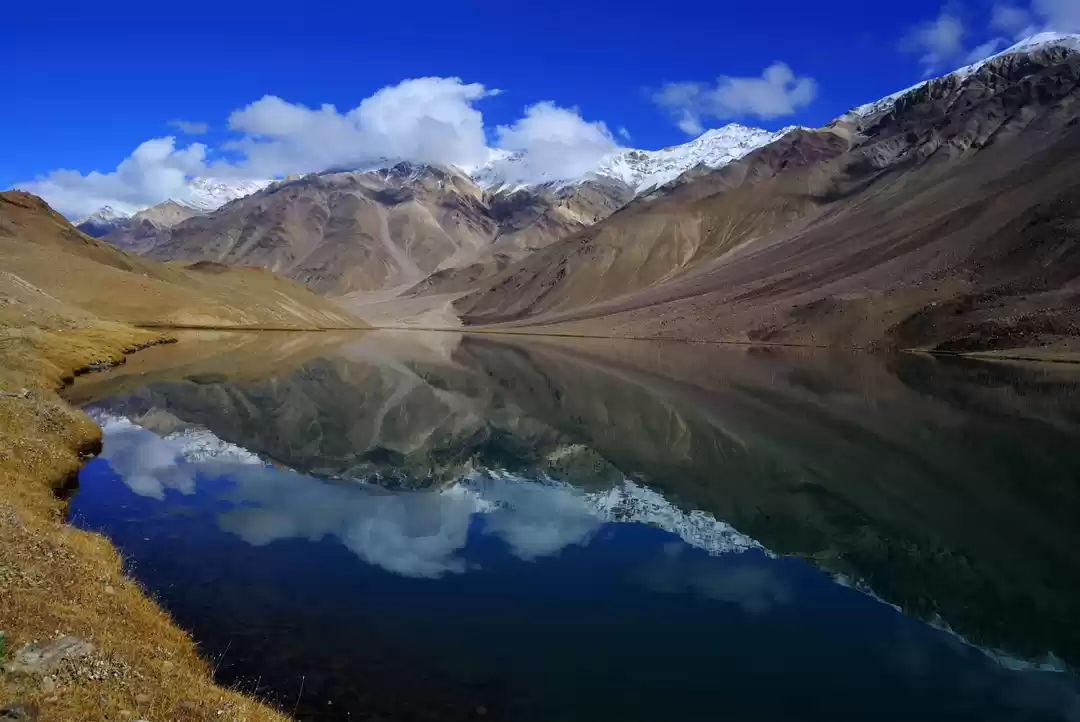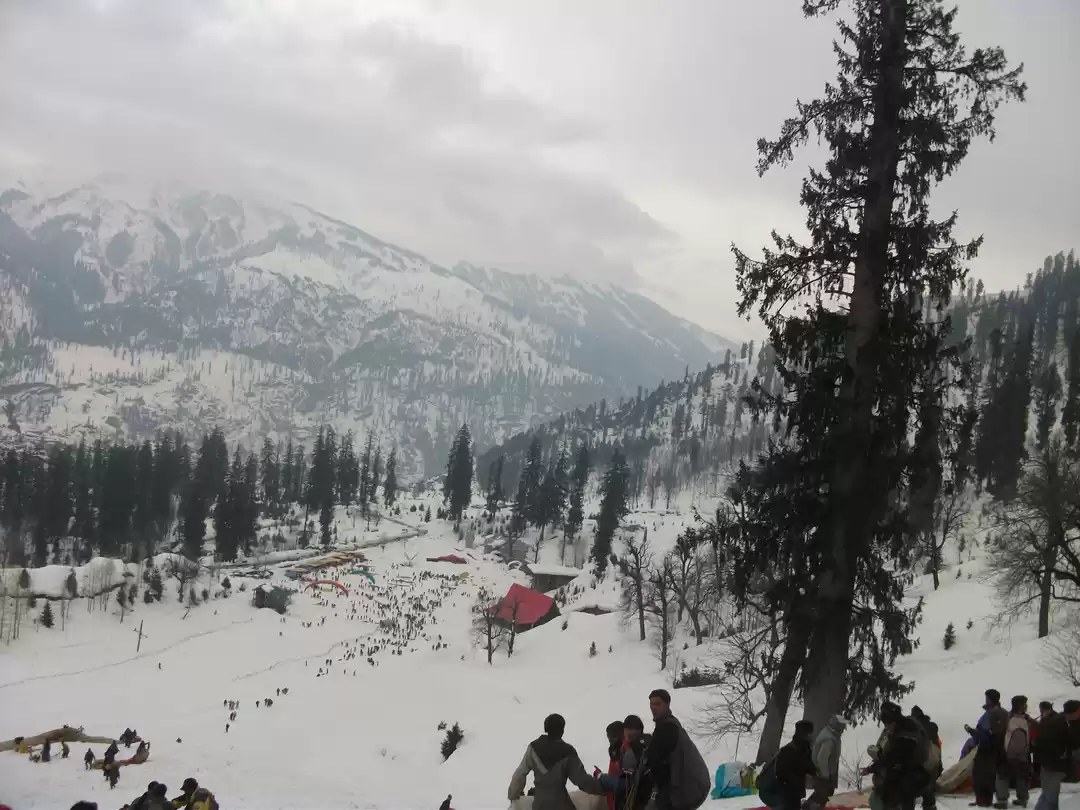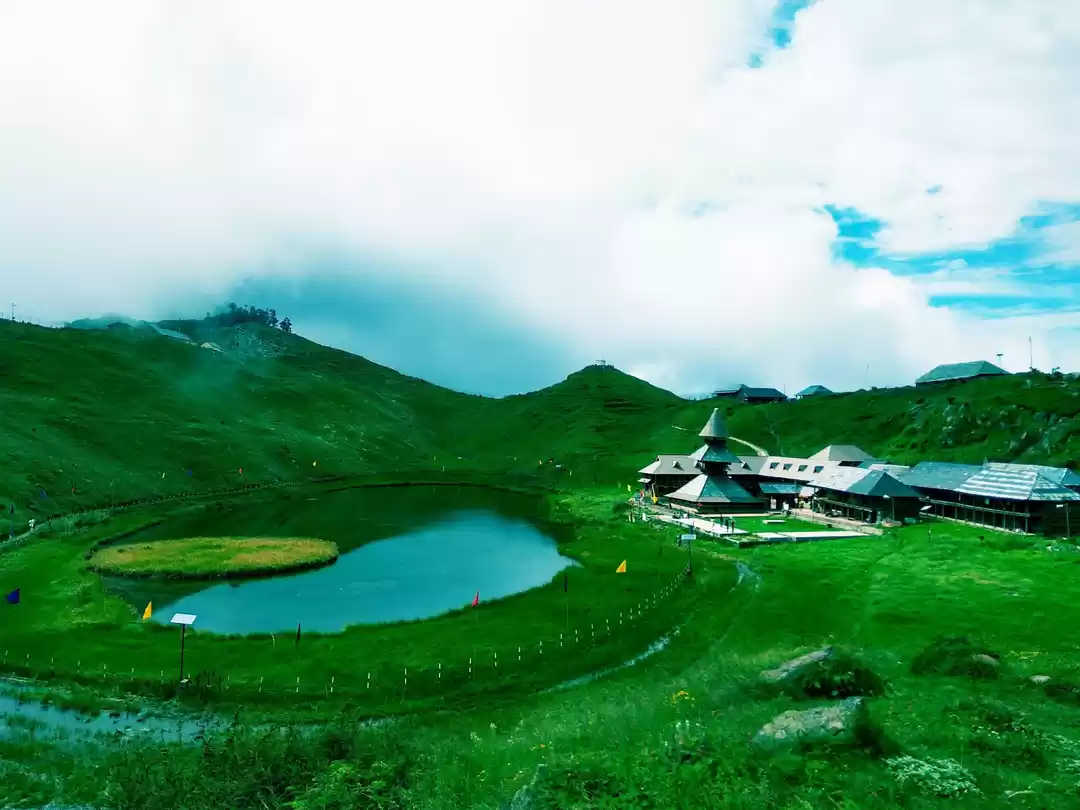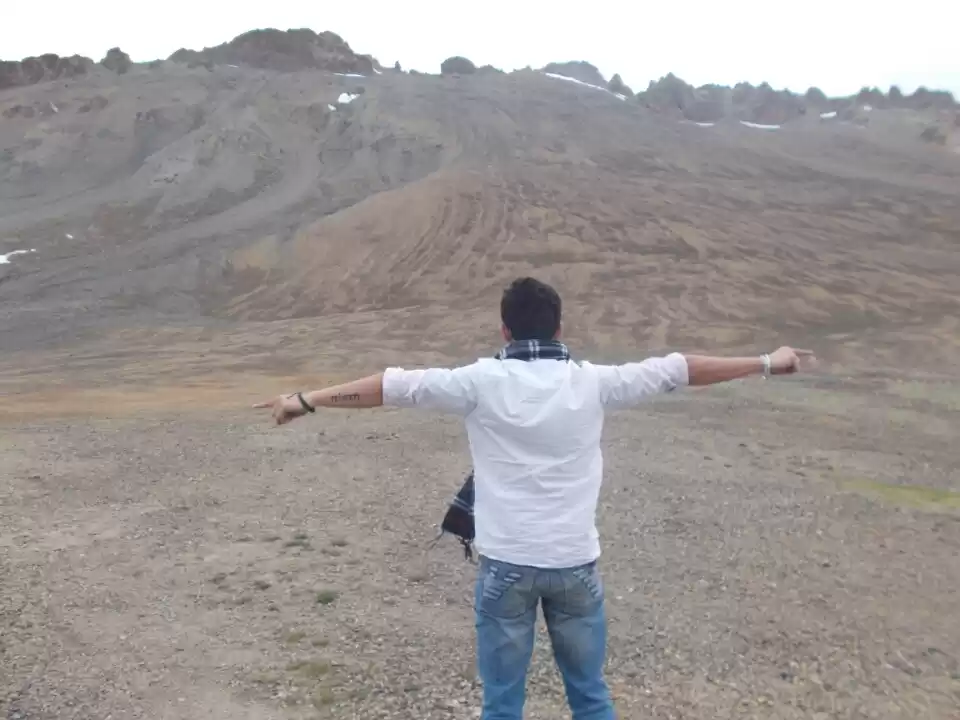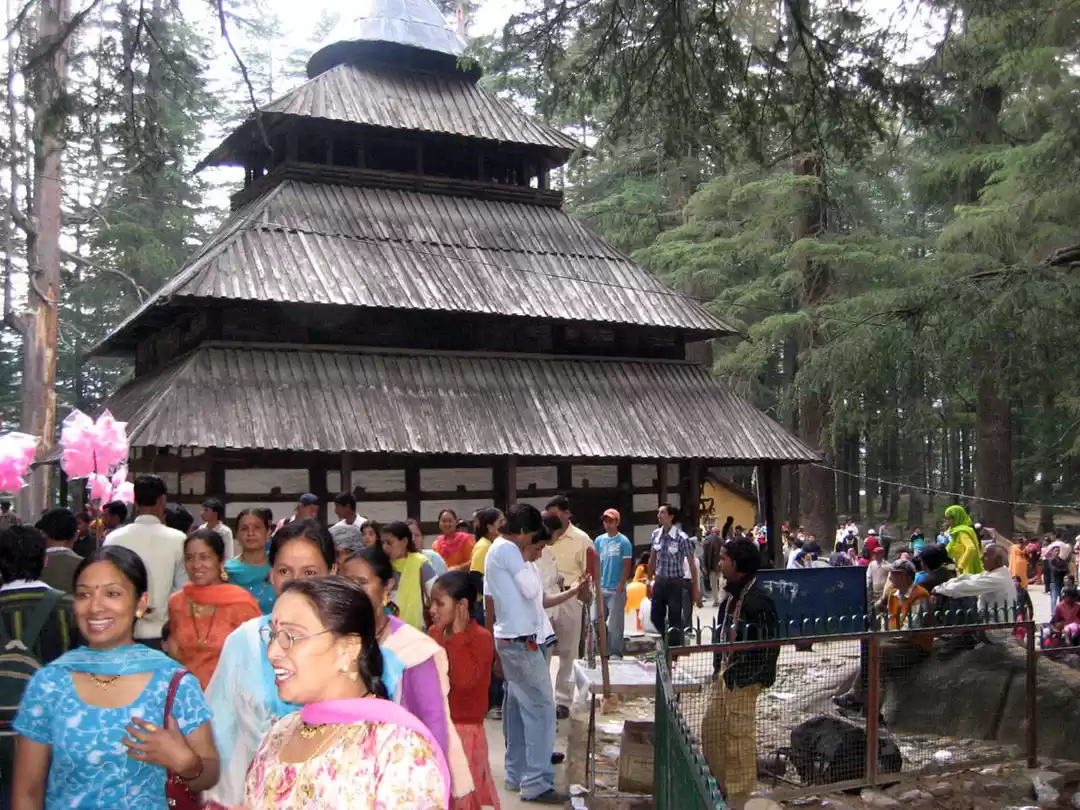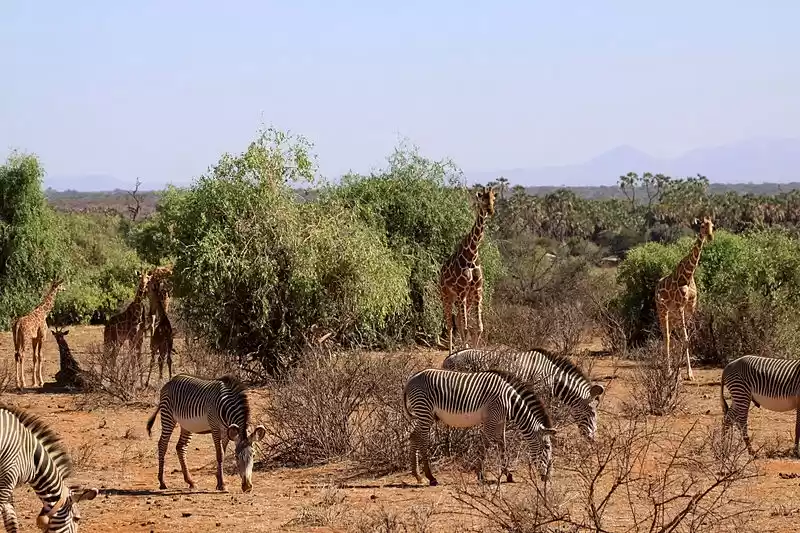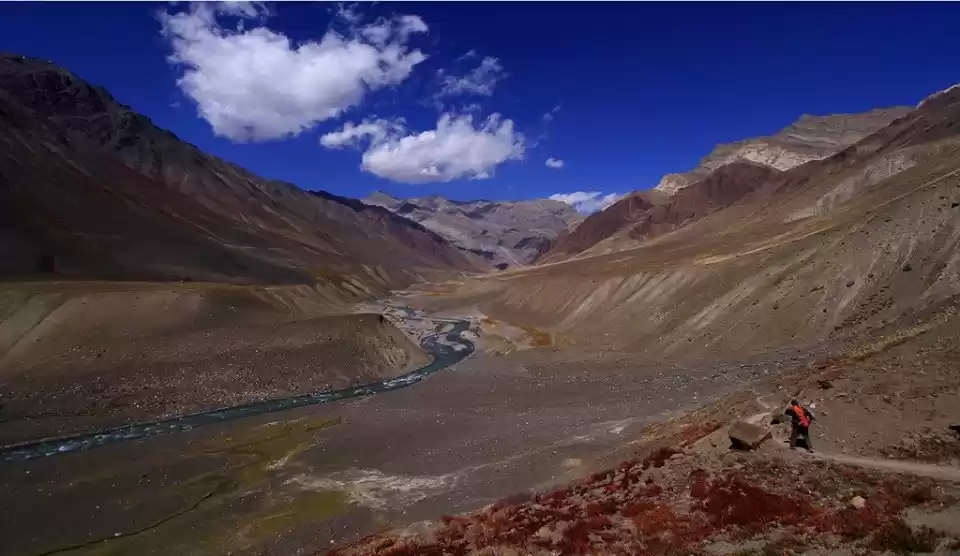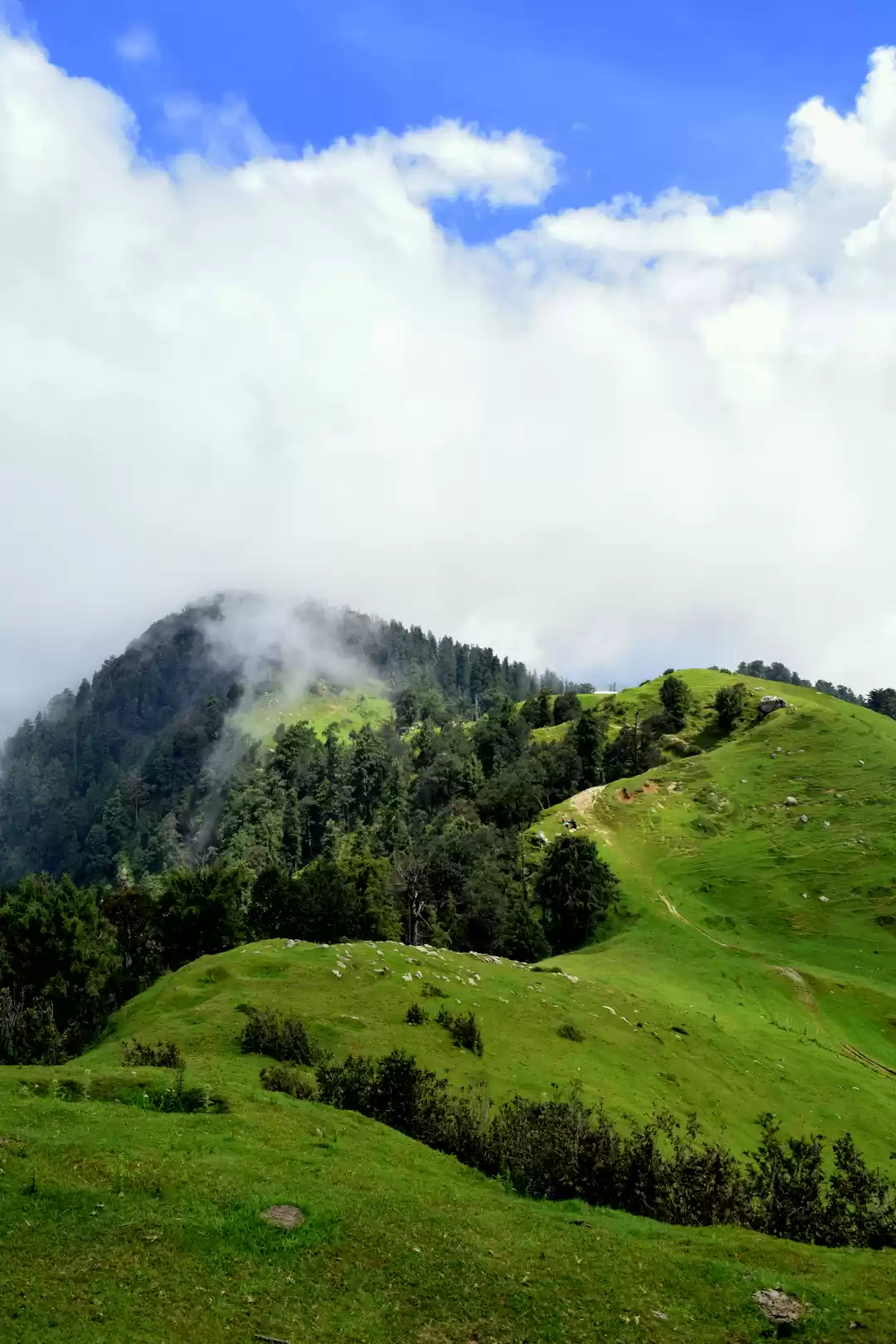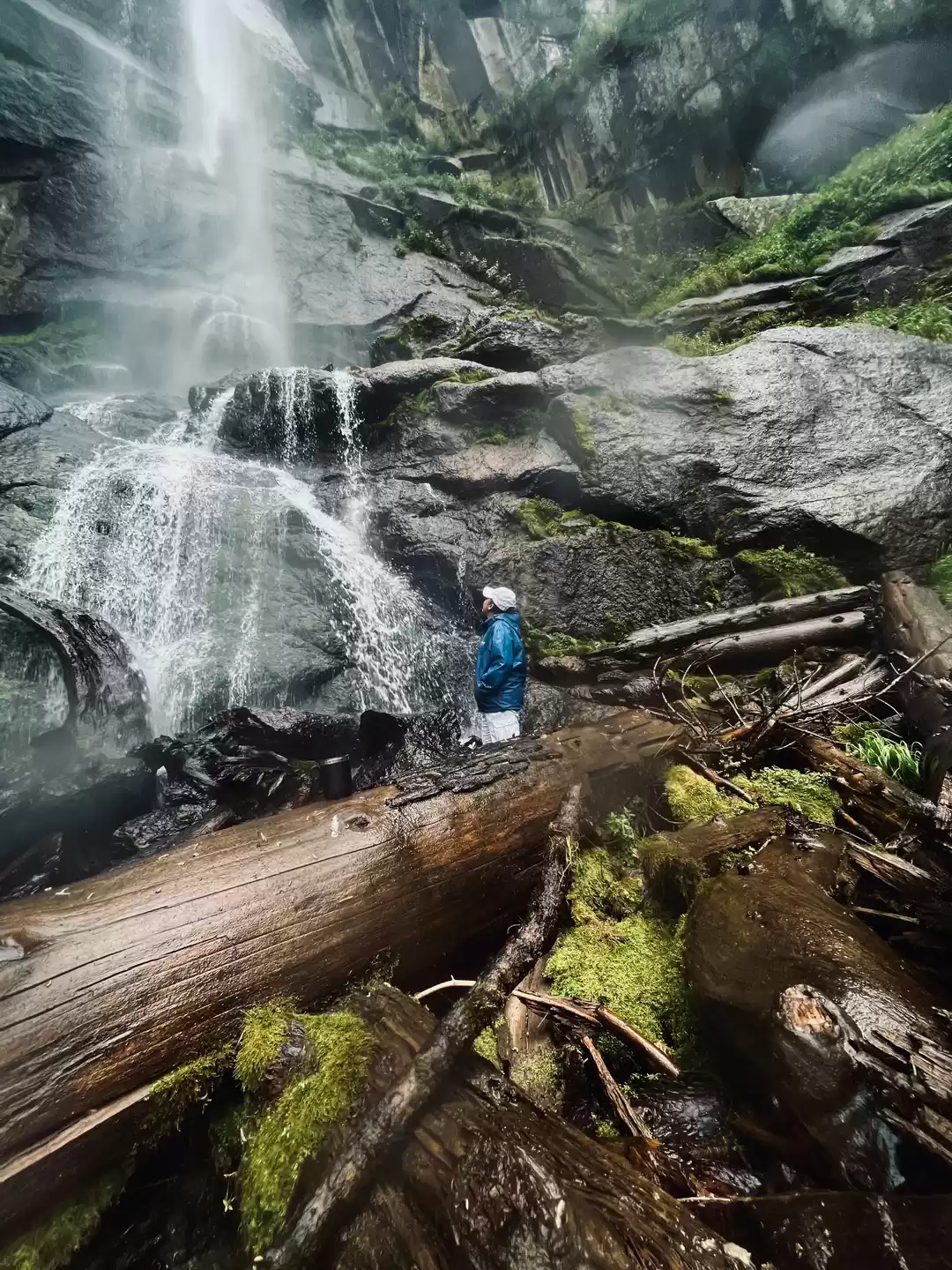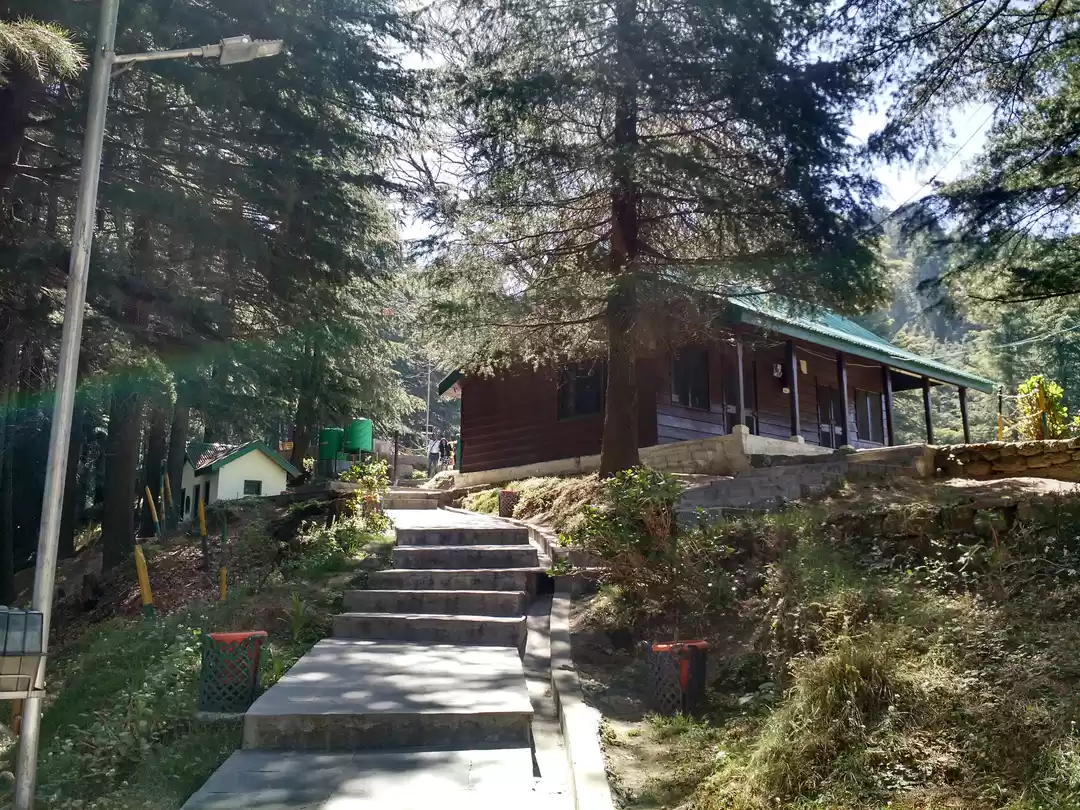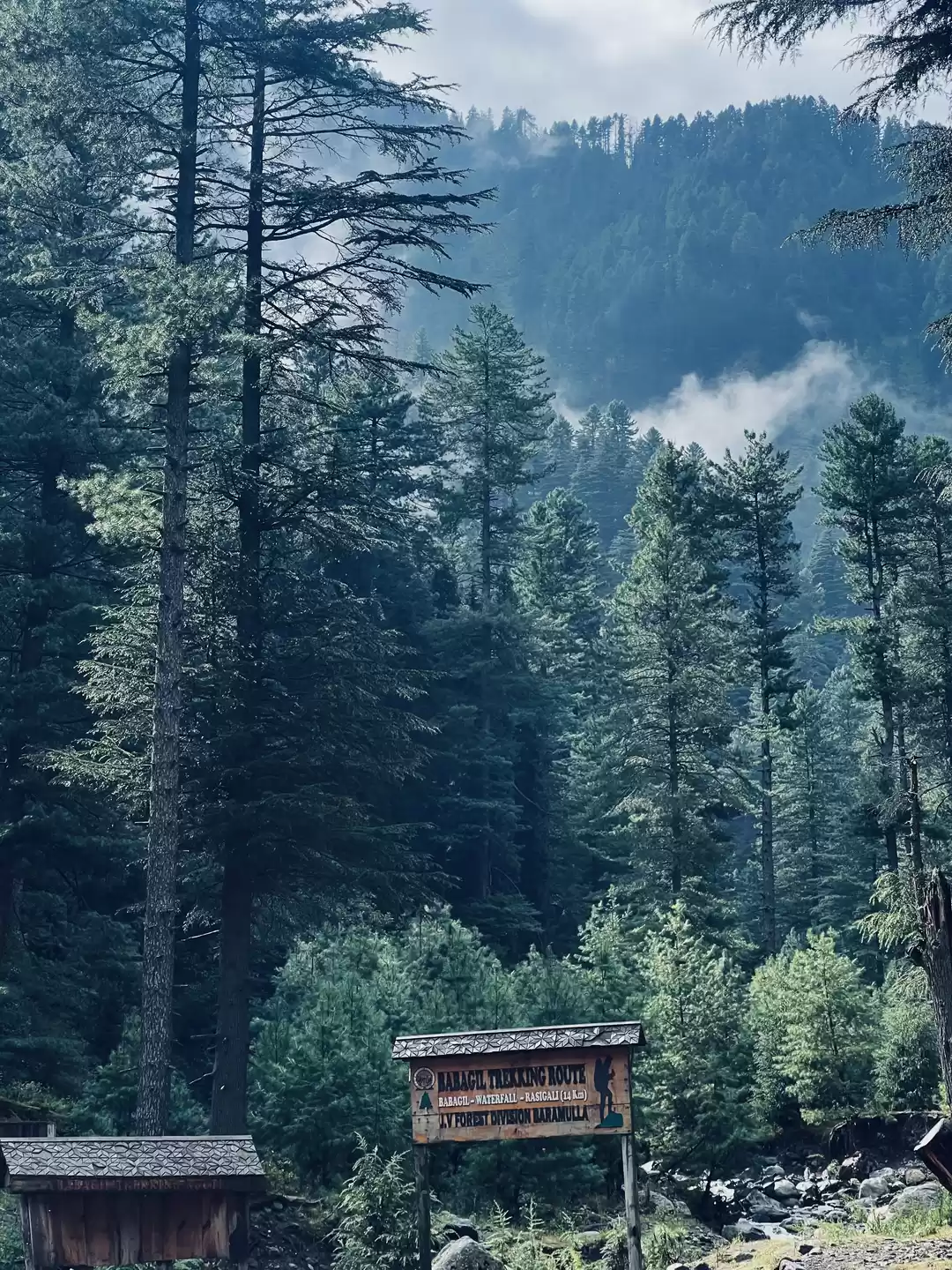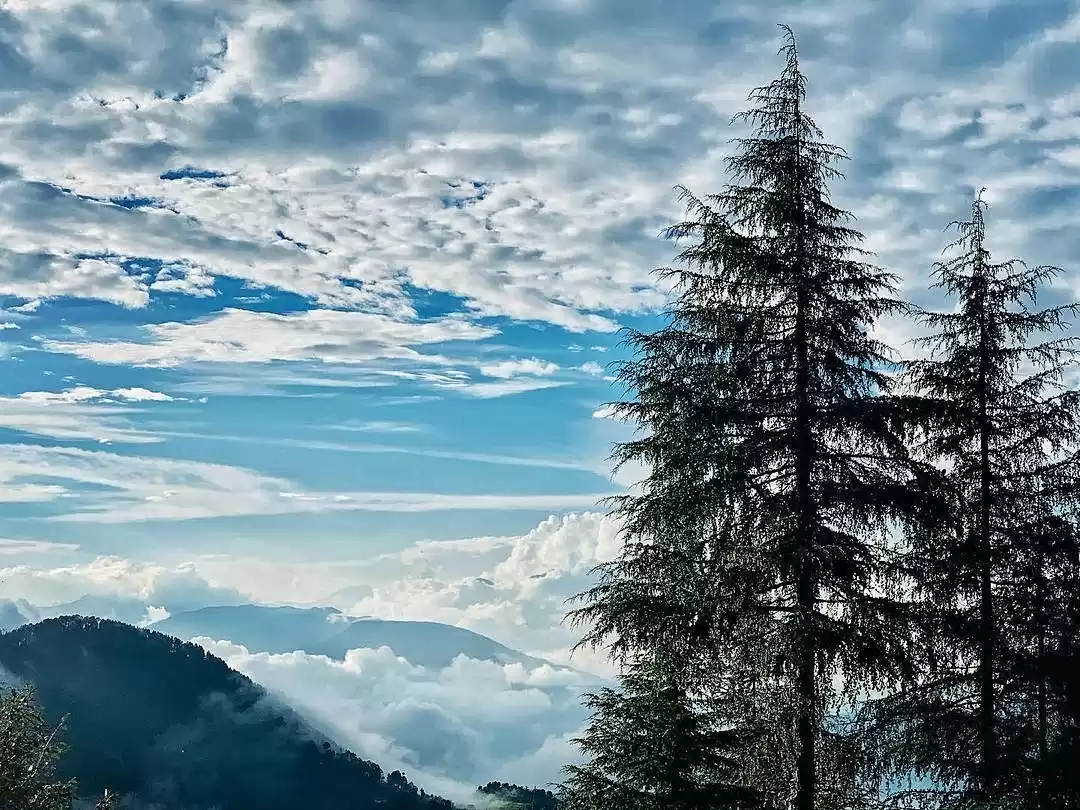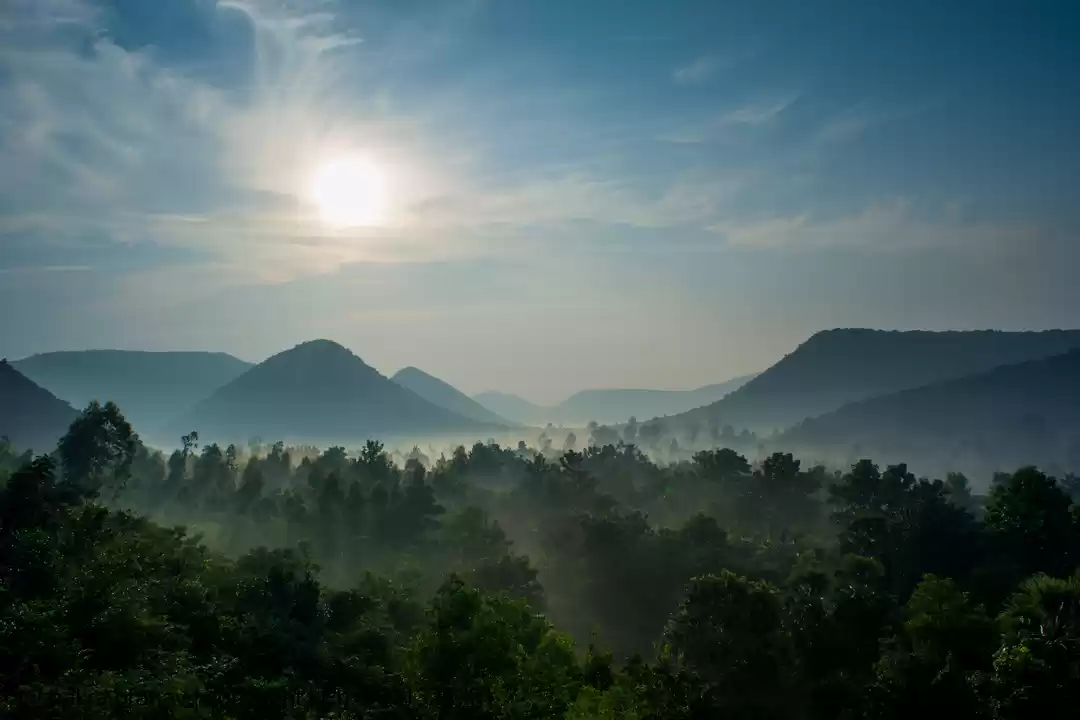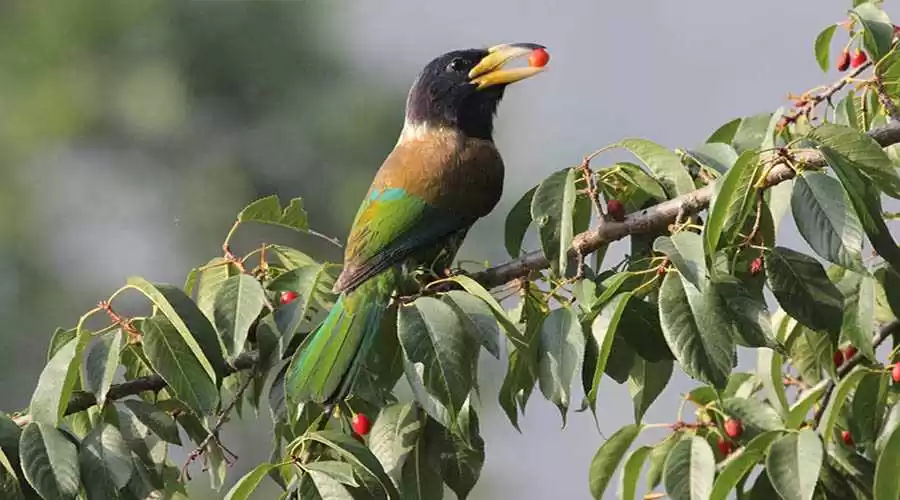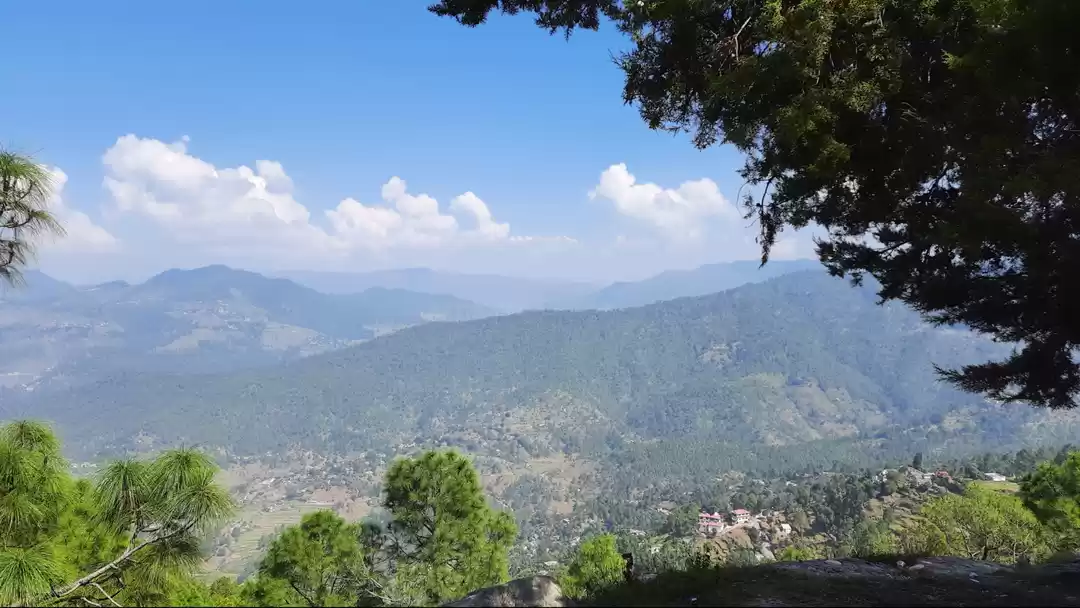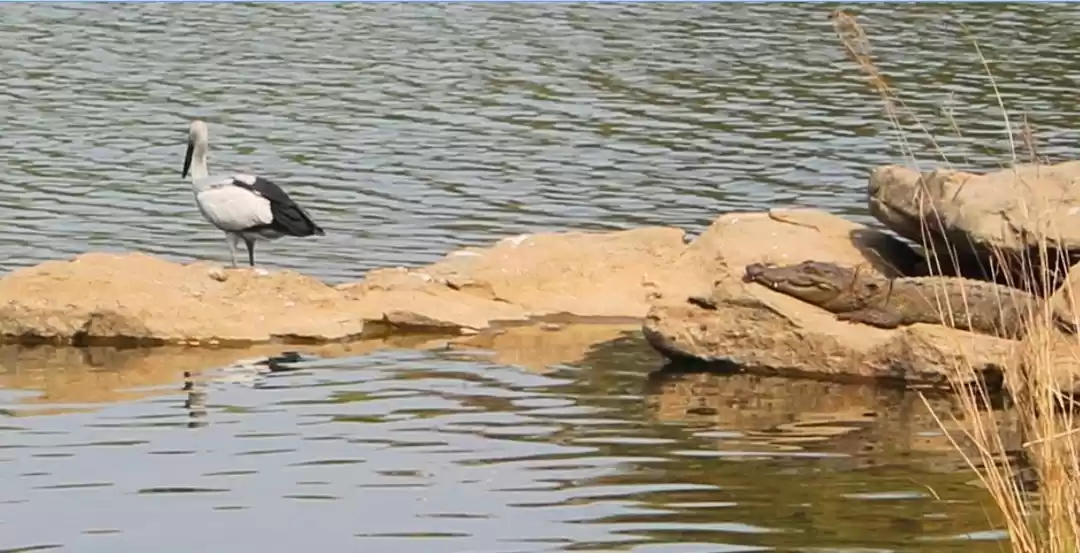Have you ever dreamed of visiting a place where you can experience the beauty and tranquility of nature, the thrill and excitement of wildlife, and the fun and adventure of outdoor activities? If yes, then you should definitely plan a trip to the Kalatop Wildlife Sanctuary, a hidden gem of Dalhousie and Khajjiar in Himachal Pradesh, India.
Kalatop Wildlife Sanctuary is a protected area that covers an area of 30.69 sq km, and is home to a rich and diverse flora and fauna. It is located at an altitude of 2500 meters above sea level, and offers stunning views of the snow-capped Himalayan peaks, lush green forests, and verdant meadows. It is also known as the Kalatop Khajjiar Sanctuary, as it is adjacent to the famous Khajjiar Lake, also known as the Mini Switzerland of India.
Kalatop Wildlife Sanctuary is a perfect destination for all types of travelers, whether you are looking for a relaxing getaway, a wildlife safari, a trekking expedition, or a camping adventure. You can enjoy the scenic beauty of the sanctuary, spot various birds and animals, hike through the forest trails, camp under the stars, or indulge in some adrenaline-pumping activities like paragliding or ziplining. There is something for everyone in this amazing place, and you will surely have a memorable and enjoyable time here.
In this article, we will provide you with a complete guide for visiting the Kalatop Wildlife Sanctuary in 2024, covering everything you need to know, from its history, best time to visit, how to reach, things to do, nearby attractions, and where to stay. So, read on and get ready to explore this wonderful place.
History
The Kalatop Wildlife Sanctuary was established in 1958, and was originally a part of the Kalatop Forest Reserve. The name Kalatop means black cap, and it refers to the thick black forest cover that surrounds the sanctuary. The sanctuary was declared as a protected area to conserve the natural habitat and biodiversity of the region, and to prevent illegal hunting and poaching of wildlife.

The sanctuary has a rich and varied history, as it was once a hunting ground for the British and the local rulers. It is said that the sanctuary was a favorite spot for Lord Dalhousie, the former Governor-General of India, who used to visit the place for hunting and leisure. He also built a rest house in the sanctuary, which is now converted into a forest guesthouse. The sanctuary also witnessed some historical events, such as the Anglo-Sikh War of 1846, and the Indian Rebellion of 1857, which left some traces of the past in the form of cannons, guns, and other relics.
Best Time to Visit
The Kalatop Wildlife Sanctuary can be visited throughout the year, as it has a pleasant and moderate climate. However, the best time to visit the sanctuary depends on your preference and purpose of visit. Here are some suggestions for choosing the best time to visit the sanctuary:

If you want to enjoy the greenery and freshness of the sanctuary, then the best time to visit is from April to June, when the weather is warm and sunny, and the flowers are in full bloom. This is also the peak season for tourism, as many people flock to the sanctuary to escape the heat and enjoy the summer vacation.
If you want to witness the beauty and serenity of the sanctuary, then the best time to visit is from July to September, when the weather is cool and rainy, and the sanctuary is covered with mist and fog. This is also the off-season for tourism, as many people avoid the sanctuary due to the monsoon and the landslides. However, this is a great time to enjoy the solitude and tranquility of the sanctuary, and to spot some rare and exotic birds and animals.
If you want to experience the snow and adventure of the sanctuary, then the best time to visit is from October to March, when the weather is cold and snowy, and the sanctuary is transformed into a winter wonderland. This is also the best time for trekking, camping, and paragliding, as the views are spectacular and the thrill is high. However, this is also the most challenging time to visit the sanctuary, as the roads are slippery and the temperature is freezing.
How to Reach
The Kalatop Wildlife Sanctuary is easily accessible from Dalhousie and Khajjiar, the nearest towns to the sanctuary. You can reach the sanctuary by various modes of transport, such as road, rail, or air. Here are some details on how to reach the sanctuary from different places:
By Road:
The sanctuary is well-connected by road to Dalhousie and Khajjiar, which are about 12 km and 6 km away from the sanctuary, respectively. You can take a bus, taxi, or car from these towns to reach the sanctuary. The road is scenic and smooth, and passes through some beautiful places like Lakkar Mandi, Dainkund, and Panchpula. The road trip takes about 30 minutes from Dalhousie and 15 minutes from Khajjiar.
By Rail:
The nearest railway station to the sanctuary is Pathankot, which is about 80 km away from the sanctuary. You can take a train from Delhi, Chandigarh, Amritsar, or Jammu to reach Pathankot, and then take a bus, taxi, or car from Pathankot to reach the sanctuary. The train journey takes about 10 to 12 hours from Delhi, 4 to 5 hours from Chandigarh, 2 to 3 hours from Amritsar, and 3 to 4 hours from Jammu. The road journey takes about 2 to 3 hours from Pathankot.
By Air:
The nearest airport to the sanctuary is Gaggal, which is about 100 km away from the sanctuary. You can take a flight from Delhi, Chandigarh, or Jammu to reach Gaggal, and then take a bus, taxi, or car from Gaggal to reach the sanctuary. The flight journey takes about 1 to 2 hours from Delhi, 45 minutes from Chandigarh, and 30 minutes from Jammu. The road journey takes about 3 to 4 hours from Gaggal.
Timings and Entry Fee
The Kalatop Wildlife Sanctuary is open for visitors from 7 am to 6 pm every day, except on Mondays, when the sanctuary is closed for maintenance. The entry fee for the sanctuary is Rs. 250 per person for Indians, and Rs. 500 per person for foreigners. The entry fee includes a guide fee, which is mandatory for visiting the sanctuary. The guide will accompany you throughout the sanctuary, and will provide you with information and assistance. You can also hire a vehicle for Rs. 500 per vehicle, which will take you from the entrance gate to the forest guesthouse, which is about 3 km away from the gate. The vehicle is optional, and you can also walk or trek to the guesthouse, which will take about an hour.
Things to Do
The Kalatop Wildlife Sanctuary offers a variety of things to do for visitors, ranging from nature walks, wildlife spotting, bird watching, trekking, hiking, camping, paragliding, ziplining, and picnic. Here are some of the main things to do in the sanctuary:

Nature Walks:
One of the best ways to enjoy the beauty and tranquility of the sanctuary is to take a nature walk through the forest trails, which are well-marked and maintained. You can explore the different areas of the sanctuary, such as the Kalatop Rest House, the Sunset Point, the Adventure Park, and the Kalatop Temple. You can also admire the views of the Himalayan peaks, the Khajjiar Lake, and the Chamba Valley from various vantage points. The nature walk is suitable for all ages and fitness levels, and is a great way to relax and rejuvenate.

Wildlife Spotting:
Another exciting thing to do in the sanctuary is to spot various birds and animals that inhabit the sanctuary. The sanctuary is home to more than 100 species of birds, such as the Himalayan Monal, the Eurasian Jay, the Black-headed Jay, the White-winged Blackbird, and the Yellow-billed Blue Magpie. The sanctuary is also home to more than 30 species of animals, such as the Leopard, the Himalayan Black Bear, the Barking Deer, the Goral, the Jackal, and the Langur. You can spot these birds and animals with the help of a guide, who will take you to the best locations and timings for wildlife spotting. You can also use binoculars, cameras, and books to identify and capture the wildlife. The wildlife spotting is a thrilling and rewarding experience, especially for wildlife enthusiasts and photographers.
Bird Watching:
If you are a bird lover, then you will be delighted to visit the sanctuary, as it is a paradise for bird watching. The sanctuary has a diverse and colorful avifauna, which includes both resident and migratory birds. You can see and hear the birds chirping and flying in the sanctuary, and admire their beauty and behavior. Some of the rare and exotic birds that you can spot in the sanctuary are the Himalayan Griffon, the Golden Eagle, the Himalayan Woodpecker, the White-throated Kingfisher, and the Himalayan Whistling Thrush. You can also join a bird watching tour, which will take you to the best spots and seasons for bird watching. You can also learn more about the birds, their habitats, and their conservation from the guide. The bird watching is a relaxing and enjoyable activity, especially for nature lovers and ornithologists.

Trekking:
If you are an adventure seeker, then you will love to visit the sanctuary, as it offers some of the best trekking trails in the region. The sanctuary has a network of well-marked and maintained trekking trails, which range from easy to moderate to difficult. You can choose the trail according to your preference and fitness level, and enjoy the scenic views and the fresh air along the way. Some of the popular trekking trails in the sanctuary are the Kalatop-Khajjiar Trek, the Kalatop-Dainkund Trek, the Kalatop-Lakkar Mandi Trek, and the Kalatop-Panchpula Trek. You can also hire a guide, who will provide you with information and assistance during the trek. The trekking is a challenging and exhilarating activity, especially for adventure lovers and fitness enthusiasts.

Camping:
If you want to experience the wilderness and the night life of the sanctuary, then you should try camping in the sanctuary. The sanctuary has some designated camping sites, where you can pitch your tent, light a bonfire, and enjoy the starry sky. You can also cook your own food, or order from the nearby restaurants or guesthouses. You can also listen to the sounds of the nocturnal animals, such as the owls, the foxes, and the leopards, and feel the thrill of being close to nature. You can also join a camping tour, which will provide you with all the necessary equipment and facilities for camping. The camping is a fun and adventurous activity, especially for families, couples, and groups.

Paragliding:
If you want to experience the thrill and excitement of flying in the sky, then you should try paragliding in the sanctuary. The sanctuary has some of the best paragliding sites in the region, which offer stunning views of the Himalayan peaks, the Khajjiar Lake, and the Chamba Valley. You can choose from different types of paragliding, such as solo, tandem, or motorized, and enjoy the adrenaline rush and the bird’s eye view of the sanctuary. You can also hire a professional instructor, who will guide you and ensure your safety during the flight. The paragliding is a thrilling and exhilarating activity, especially for thrill seekers and adrenaline junkies.

Ziplining:
If you want to experience the thrill and excitement of sliding through the air, then you should try ziplining in the sanctuary. The sanctuary has a zipline park, which offers a variety of ziplines, ranging from 100 meters to 300 meters in length, and from 10 meters to 30 meters in height. You can choose the zipline according to your preference and courage, and enjoy the speed and the view of the sanctuary. You can also hire a professional instructor, who will guide you and ensure your safety during the ride. The ziplining is a thrilling and exhilarating activity, especially for thrill seekers and adrenaline junkies.

Picnic:
If you want to enjoy a relaxing and leisurely time in the sanctuary, then you should try having a picnic in the sanctuary. The sanctuary has some beautiful and spacious picnic spots, where you can spread your mat, enjoy your food, and soak in the sun. You can also play games, read books, or listen to music in the picnic spots. You can also order food from the nearby restaurants or guesthouses, or bring your own food from outside. The picnic is a relaxing and enjoyable activity, especially for families, couples, and groups.
Flora and Fauna
The Kalatop Wildlife Sanctuary is a treasure trove of flora and fauna, as it boasts of a rich and diverse biodiversity. The sanctuary has a variety of trees, plants, flowers, birds, animals, and insects, which make the sanctuary a vibrant and lively place. Here are some details on the flora and fauna of the sanctuary:
Flora: The sanctuary has a dense and diverse forest cover, which consists of different types of trees, such as the Deodar, the Oak, the Pine, the Fir, and the Spruce. The sanctuary also has a variety of plants, such as the Rhododendron, the Orchid, the Fern, and the Moss. The sanctuary also has a variety of flowers, such as the Daisy, the Marigold, the Primrose, and the Wild Rose. The flora of the sanctuary provides a green and colorful backdrop to the sanctuary, and also provides food and shelter to the fauna of the sanctuary.
The sanctuary has a rich and varied wildlife, which consists of different types of birds, animals, and insects. The sanctuary has more than 100 species of birds, such as the Himalayan Monal, the Eurasian Jay, the Black-headed Jay, the White-winged Blackbird, and the Yellow-billed Blue Magpie. The sanctuary also has more than 30 species of animals, such as the Leopard, the Himalayan Black Bear, the Barking Deer, the Goral, the Jackal, and the Langur. The sanctuary also has a variety of insects, such as the Butterfly, the Moth, the Beetle, and the Dragonfly. The fauna of the sanctuary adds life and charm to the sanctuary, and also attracts visitors and researchers to the sanctuary.
Nearby Attractions
The Kalatop Wildlife Sanctuary is not only a destination in itself, but also a gateway to some of the nearby attractions, which are worth visiting. The sanctuary is close to some of the famous and beautiful places in Dalhousie and Khajjiar, which offer more opportunities for sightseeing, adventure, and fun. Here are some of the nearby attractions that you can visit from the sanctuary:

Khajjiar:
Khajjiar is a picturesque hill station, which is located about 6 km away from the sanctuary. It is also known as the Mini Switzerland of India, as it resembles the Swiss landscape with its green meadows, pine forests, and snow-capped mountains. It is also home to the Khajjiar Lake, a serene and scenic lake, which is surrounded by a golf course, a temple, and a wildlife sanctuary. You can enjoy the beauty and tranquility of Khajjiar, or indulge in some activities like horse riding, zorbing, or boating in the lake.
Dainkund Peak:
Dainkund Peak is the highest peak in Dalhousie, which is located about 10 km away from the sanctuary. It offers breathtaking views of the Himalayan ranges, the Pir Panjal ranges, and the Chamba Valley. It is also known as the Singing Hill, as it produces a musical sound when the wind blows through the pine trees. It is also home to the Pholani Devi Temple, a sacred and ancient temple, which is dedicated to the goddess of the hills. You can trek to the peak, or take a taxi or a car from the sanctuary, and enjoy the panoramic views and the divine atmosphere of the peak.

Panchpula:
Panchpula is a popular tourist spot, which is located about 12 km away from the sanctuary. It is a waterfall and a picnic spot, which is surrounded by lush green hills and forests. It is also the source of several streams, which provide water to Dalhousie and nearby villages. It is also the site of a monument, which is dedicated to Sardar Ajit Singh, a freedom fighter and the uncle of Bhagat Singh. You can visit Panchpula, and enjoy the natural beauty and the historical significance of the place.
Chamera Lake:
Chamera Lake is a man-made lake, which is located about 25 km away from the sanctuary. It is a part of the Chamera Dam, which is a hydroelectric project on the Ravi River. It is a beautiful and serene lake, which offers stunning views of the hills and the valleys. It is also a hub for water sports, such as boating, fishing, kayaking, and jet skiing. You can visit Chamera Lake, and enjoy the natural beauty and the adventure of the place.

St. Francis Church:
St. Francis Church is a historical and religious place, which is located about 15 km away from the sanctuary. It is one of the oldest churches in Dalhousie, which was built in 1894 by the British. It is a Gothic-style church, which has a beautiful architecture and a peaceful ambiance. It is also a place of worship for the Christian community, and a place of interest for the tourists. You can visit St. Francis Church, and admire the art and culture of the place.
Where to Stay
The Kalatop Wildlife Sanctuary has some options for accommodation, which range from luxury to budget. You can choose the place to stay according to your preference and budget, and enjoy the comfort and convenience of the place. Here are some of the options for accommodation in the sanctuary:
Elgin Hall:
Elgin Hall is a luxury hotel in Dalhousie, which is located about 12 km away from the sanctuary. It is a heritage property, which was built in 1857 by a British officer. It is a lavish and elegant hotel, which offers modern amenities and facilities, such as spacious rooms, cozy fireplaces, lush gardens, and a spa. It is also a pet-friendly hotel, which allows you to bring your furry friends along. You can stay at Elgin Hall, and enjoy the royal and classy experience of the hotel.
Forest Guesthouse:
Forest Guesthouse is a budget hotel in the sanctuary, which is located about 3 km away from the entrance gate. It is a simple and cozy hotel, which offers basic amenities and facilities, such as clean rooms, hot water, and a restaurant. It is also a scenic and serene hotel, which offers amazing views of the forest and the mountains. You can stay at Forest Guesthouse, and enjoy the rustic and natural experience of the hotel.
Campsites:
Campsites are another option for accommodation in the sanctuary, which are located at various locations in the sanctuary. They are a cheap and adventurous option, which offer minimal amenities and facilities, such as tents, sleeping bags, and toilets. They are also a fun and exciting option, which offer a chance to experience the wilderness and the night life of the sanctuary. You can stay at Campsites, and enjoy the fun and adventurous experience of the hotel.
The Kalatop Wildlife Sanctuary is a must-visit destination for nature lovers, wildlife enthusiasts, and adventure seekers. It is a hidden gem of Dalhousie and Khajjiar, which offers a variety of things to do, such as nature walks, wildlife spotting, bird watching, trekking, camping, paragliding, ziplining, and picnic. It is also a gateway to some of the nearby attractions, such as Khajjiar, Dainkund Peak, Panchpula, Chamera Lake, and St. Francis Church. It is a perfect destination for all types of travelers, whether you are looking for a relaxing getaway, a wildlife safari, a trekking expedition, or a camping adventure.
So, what are you waiting for? Plan your trip to the Kalatop Wildlife Sanctuary in 2024, and get ready to explore this wonderful place.






